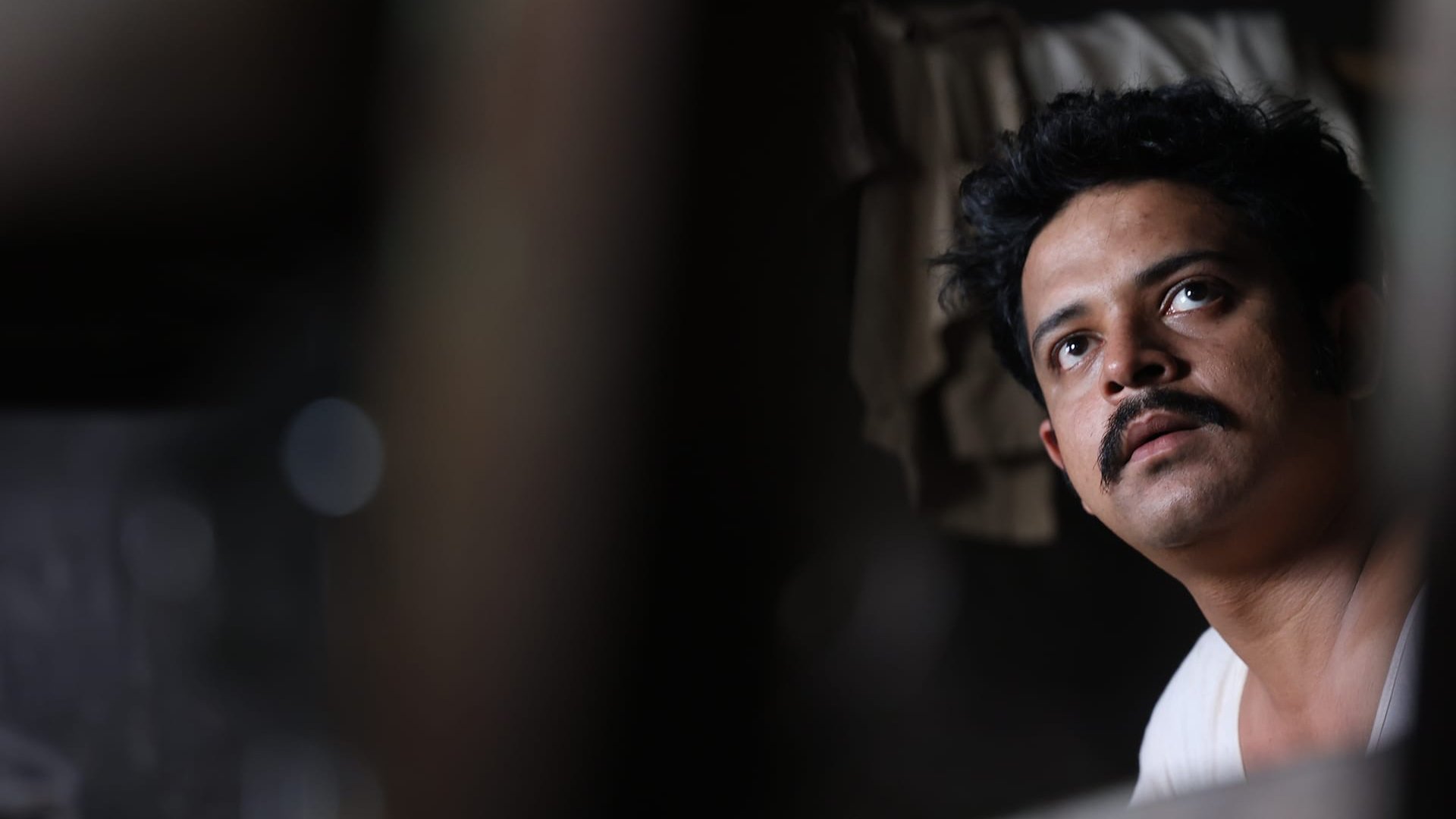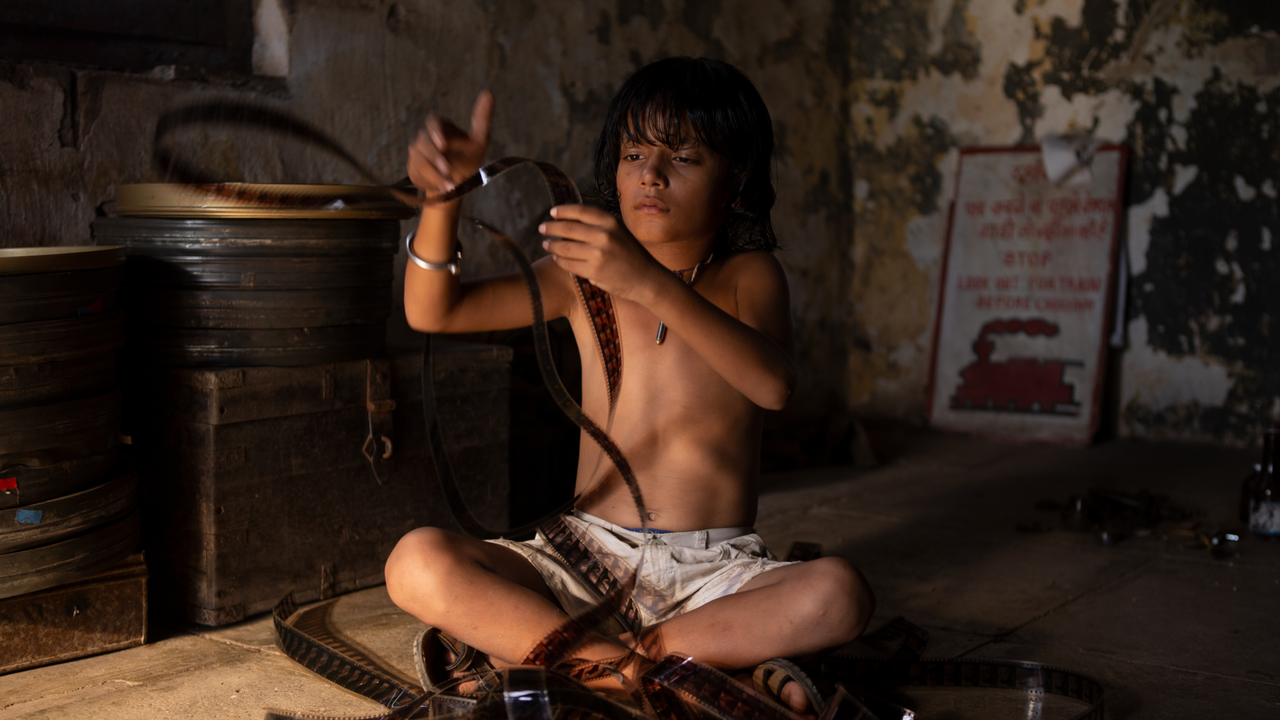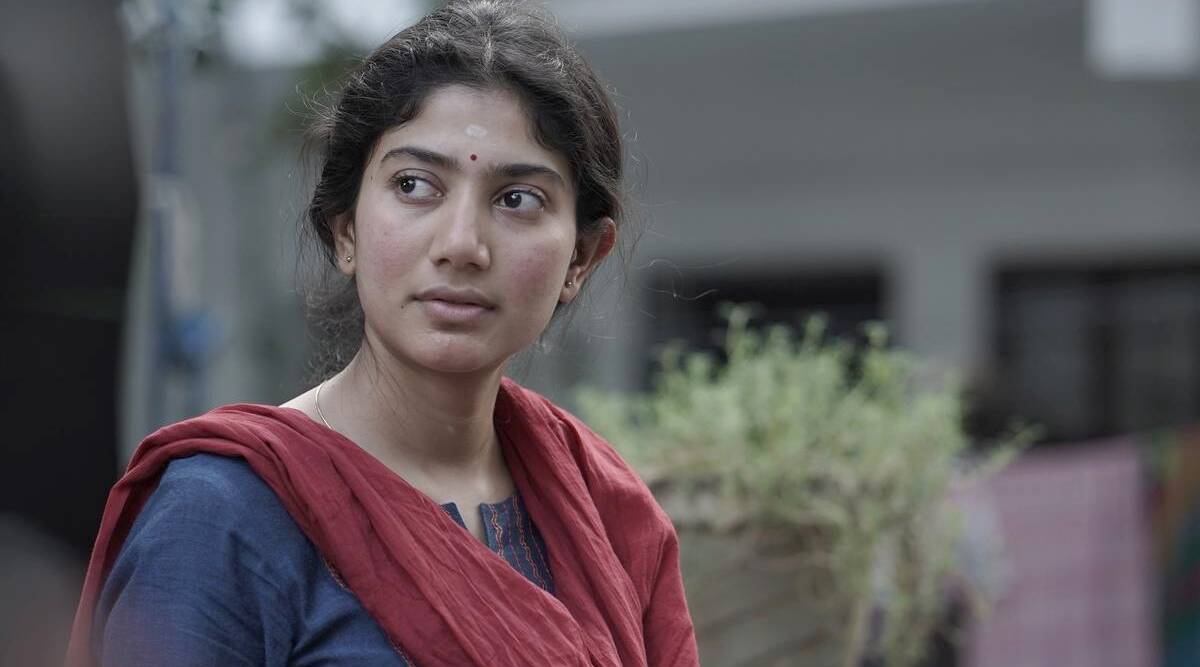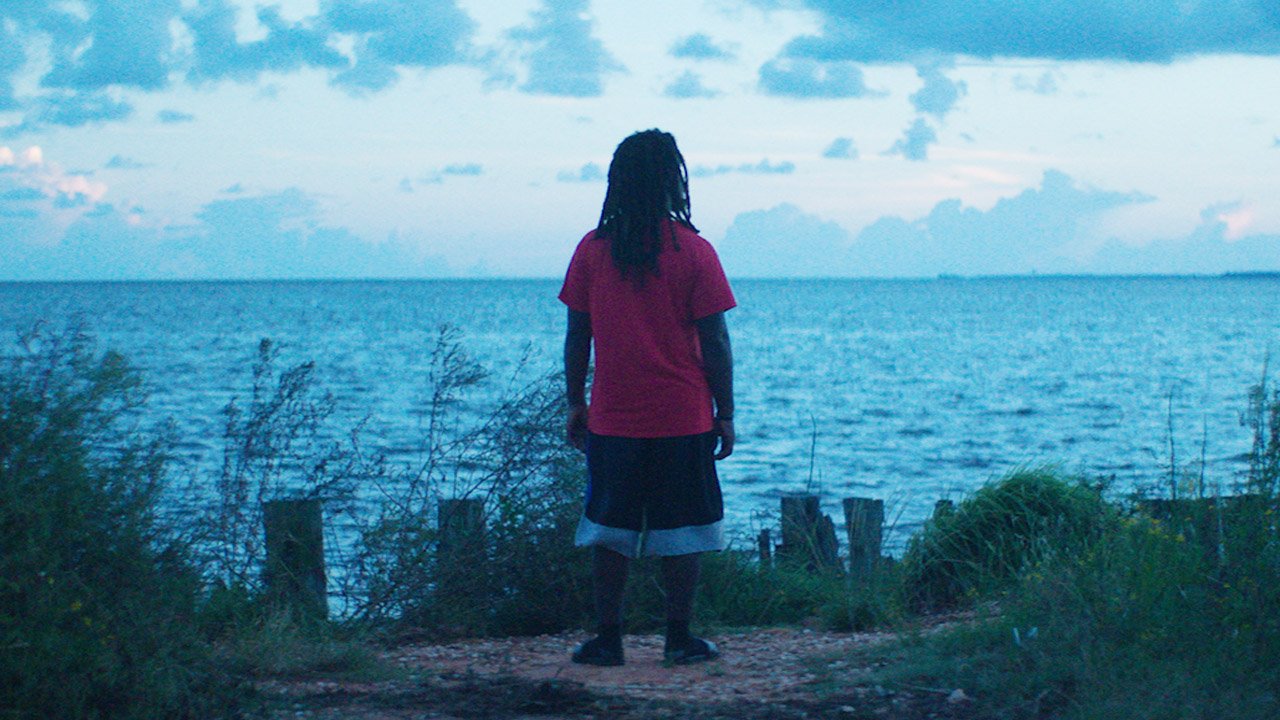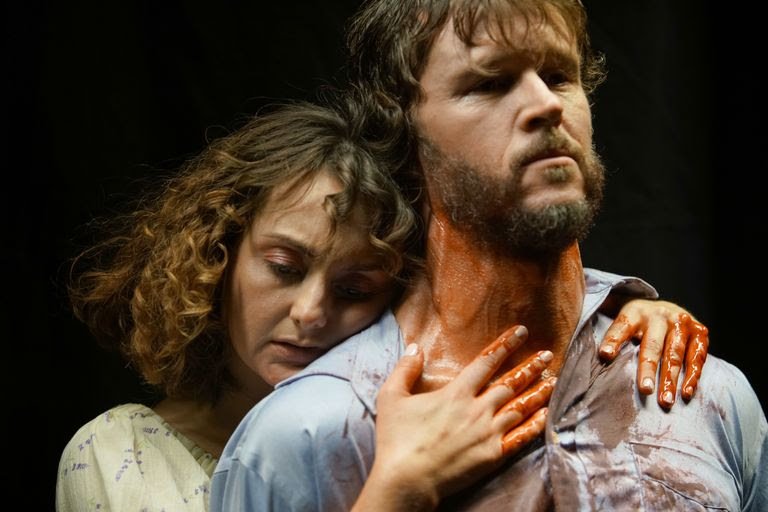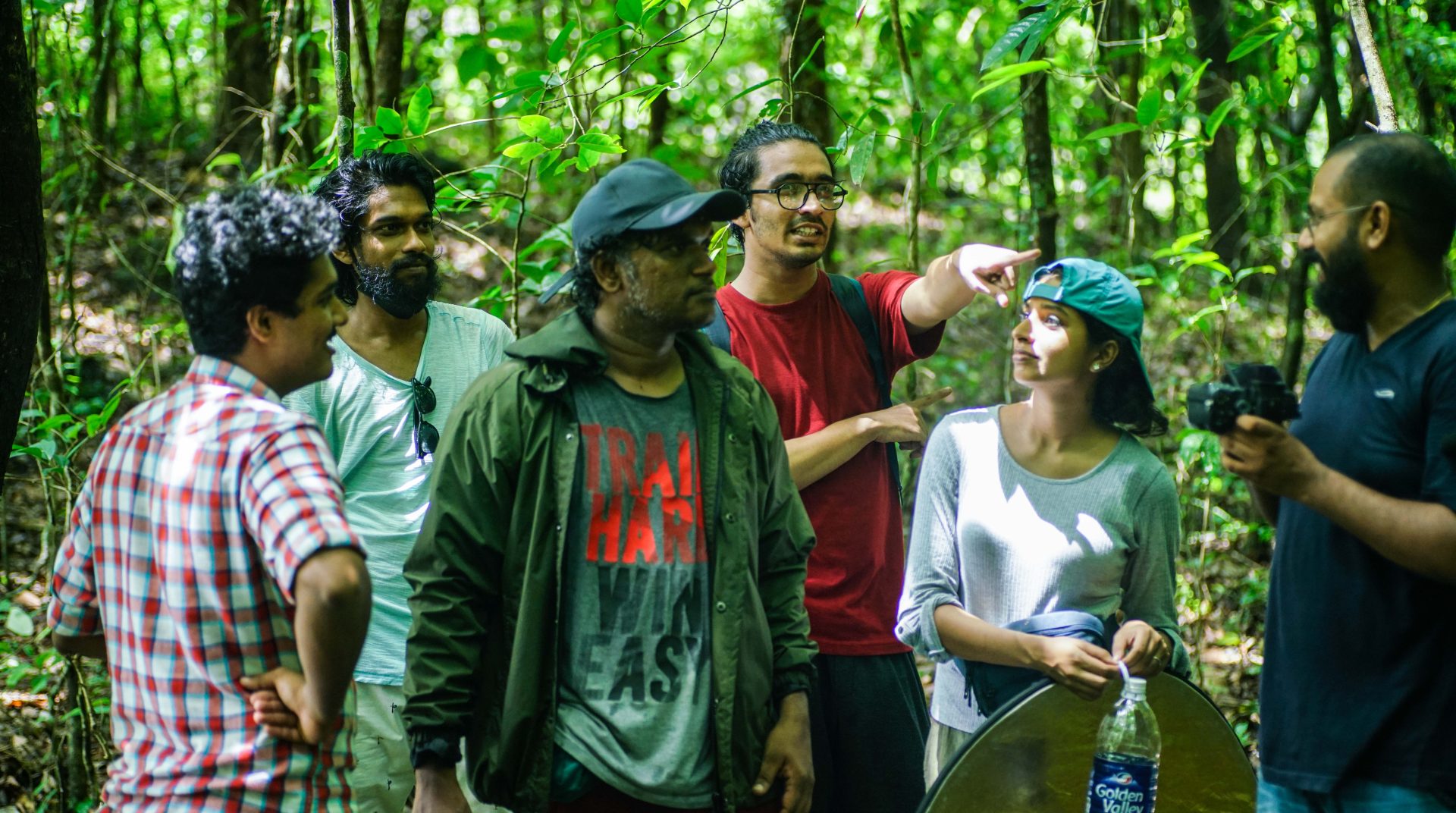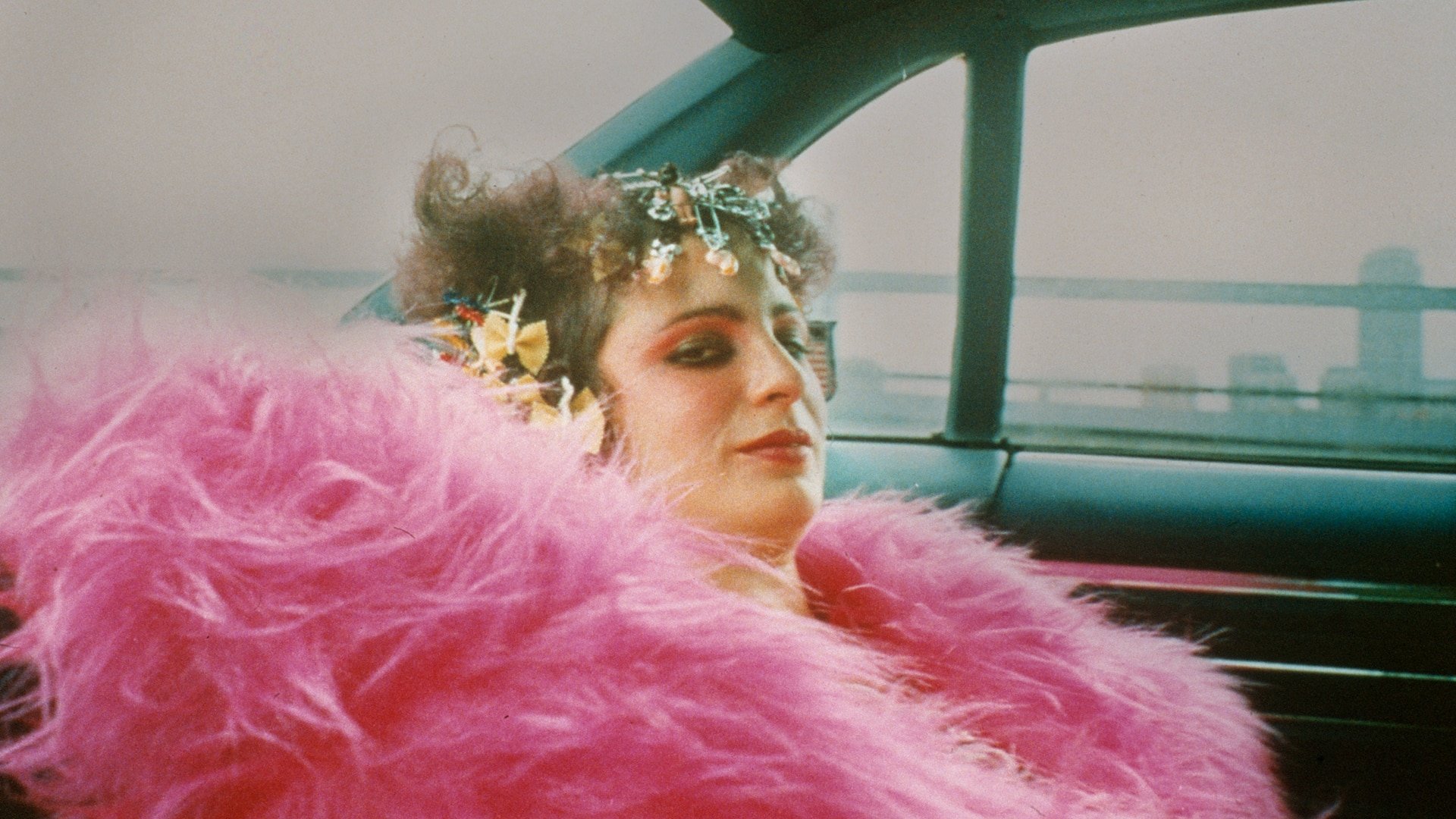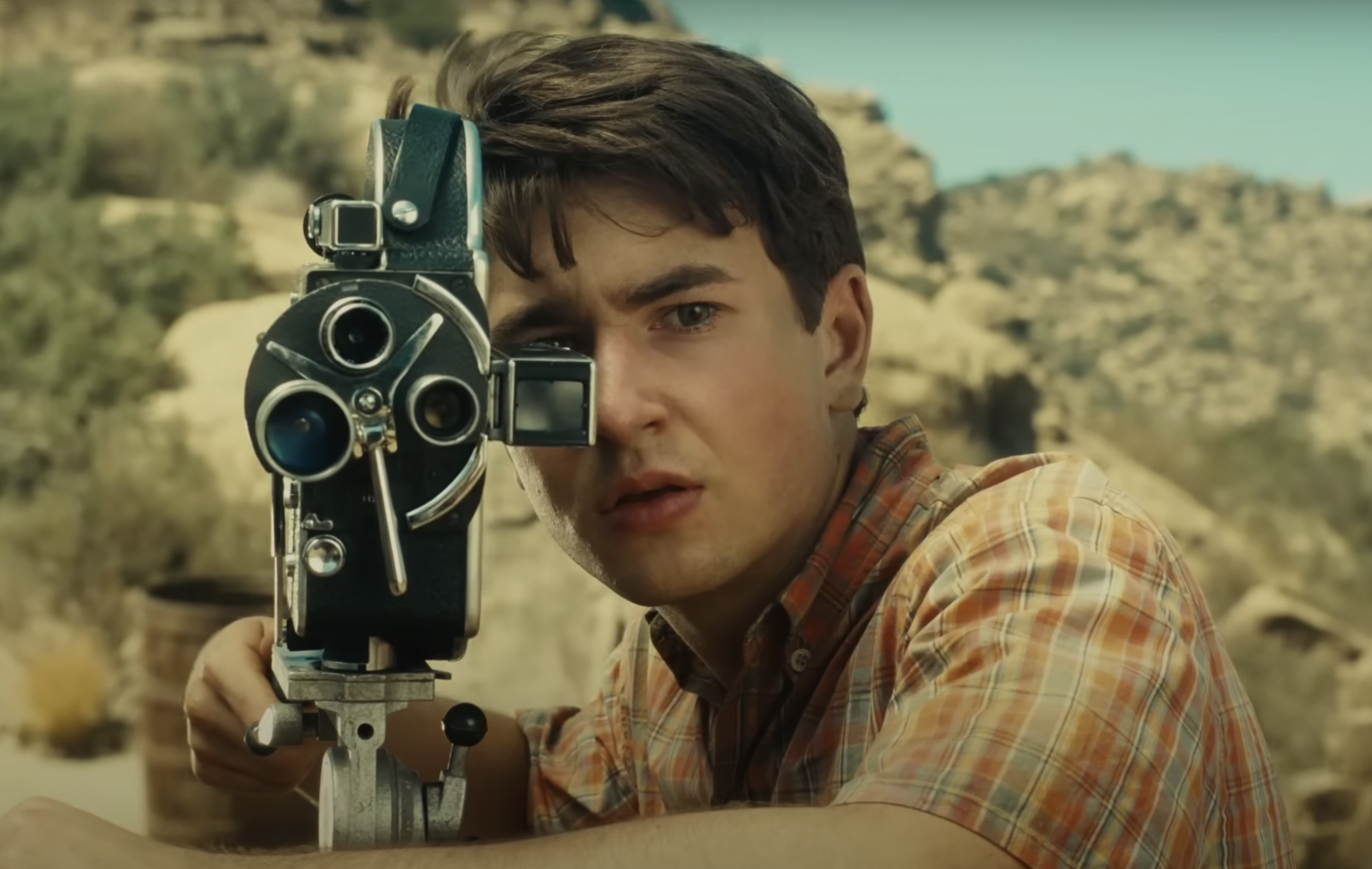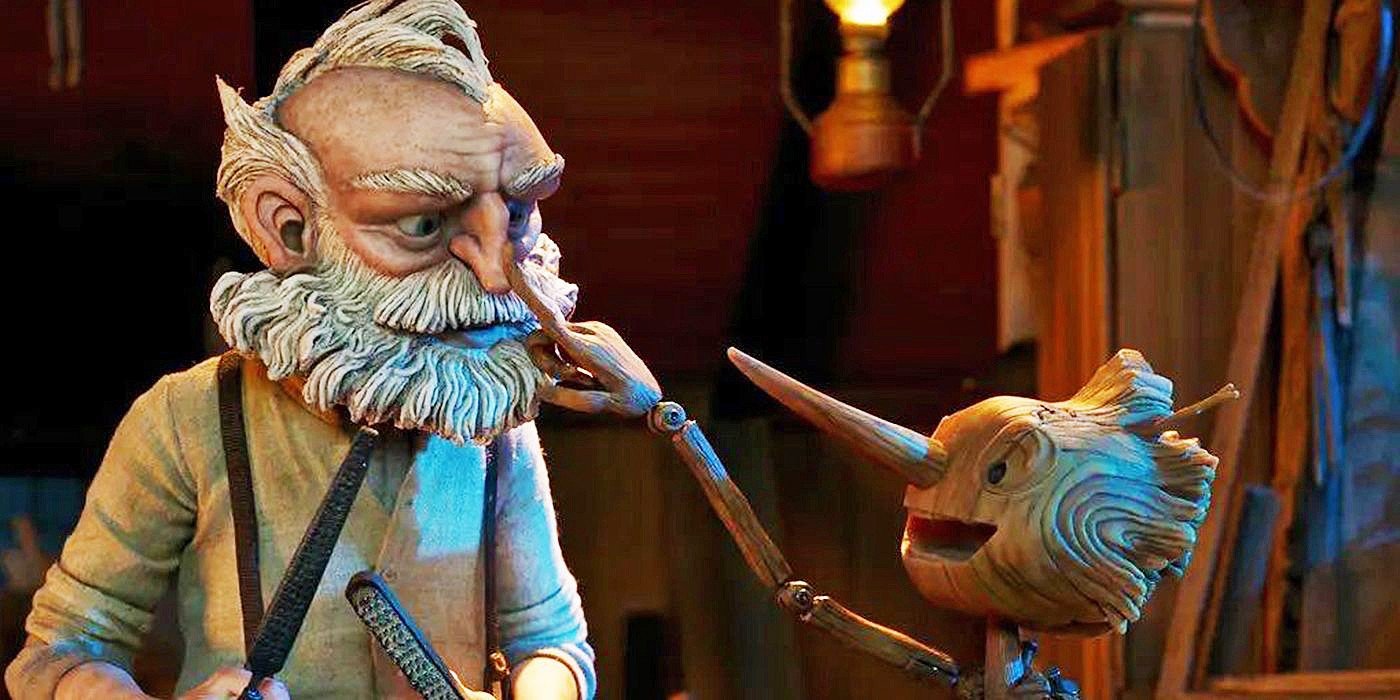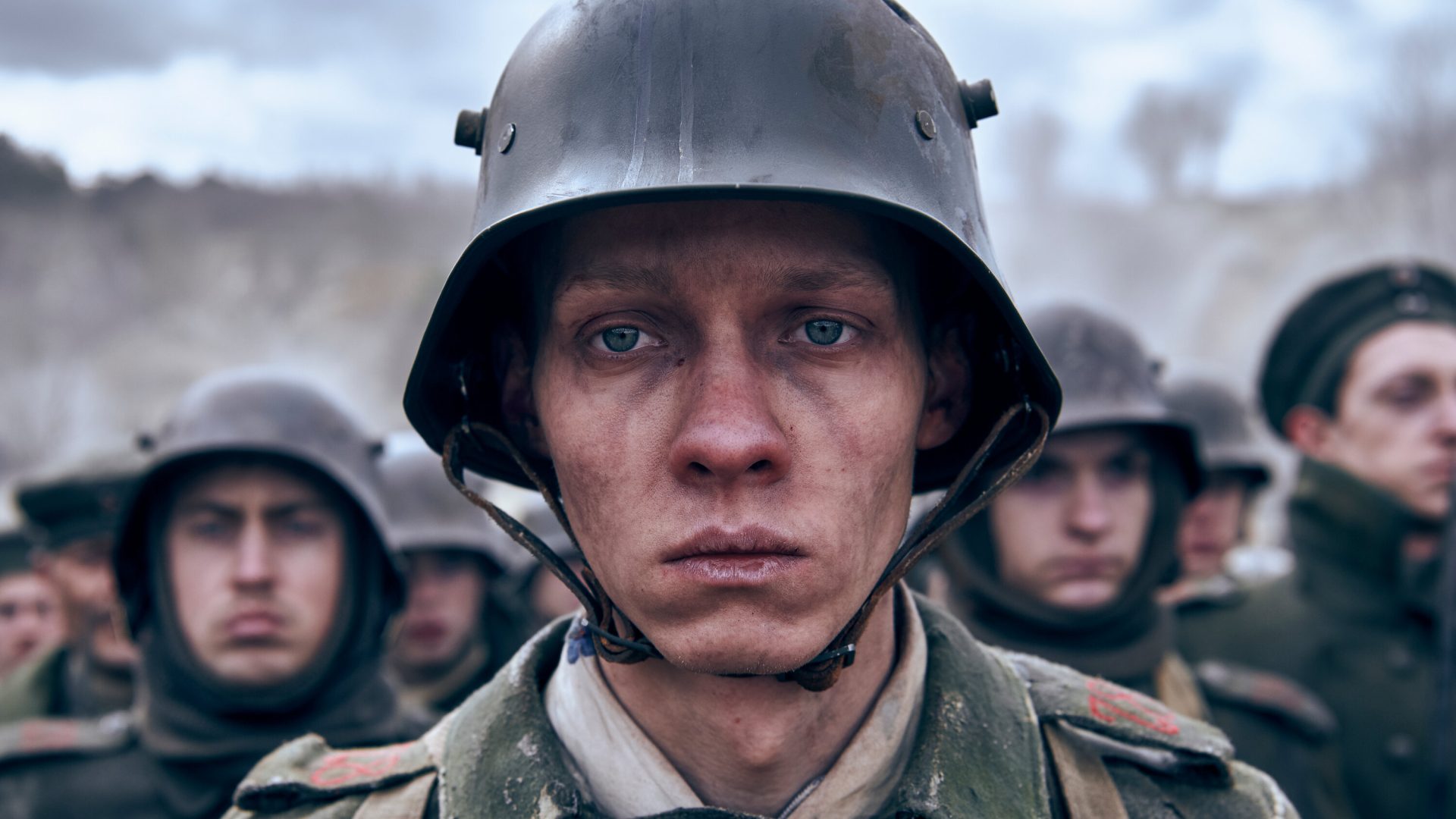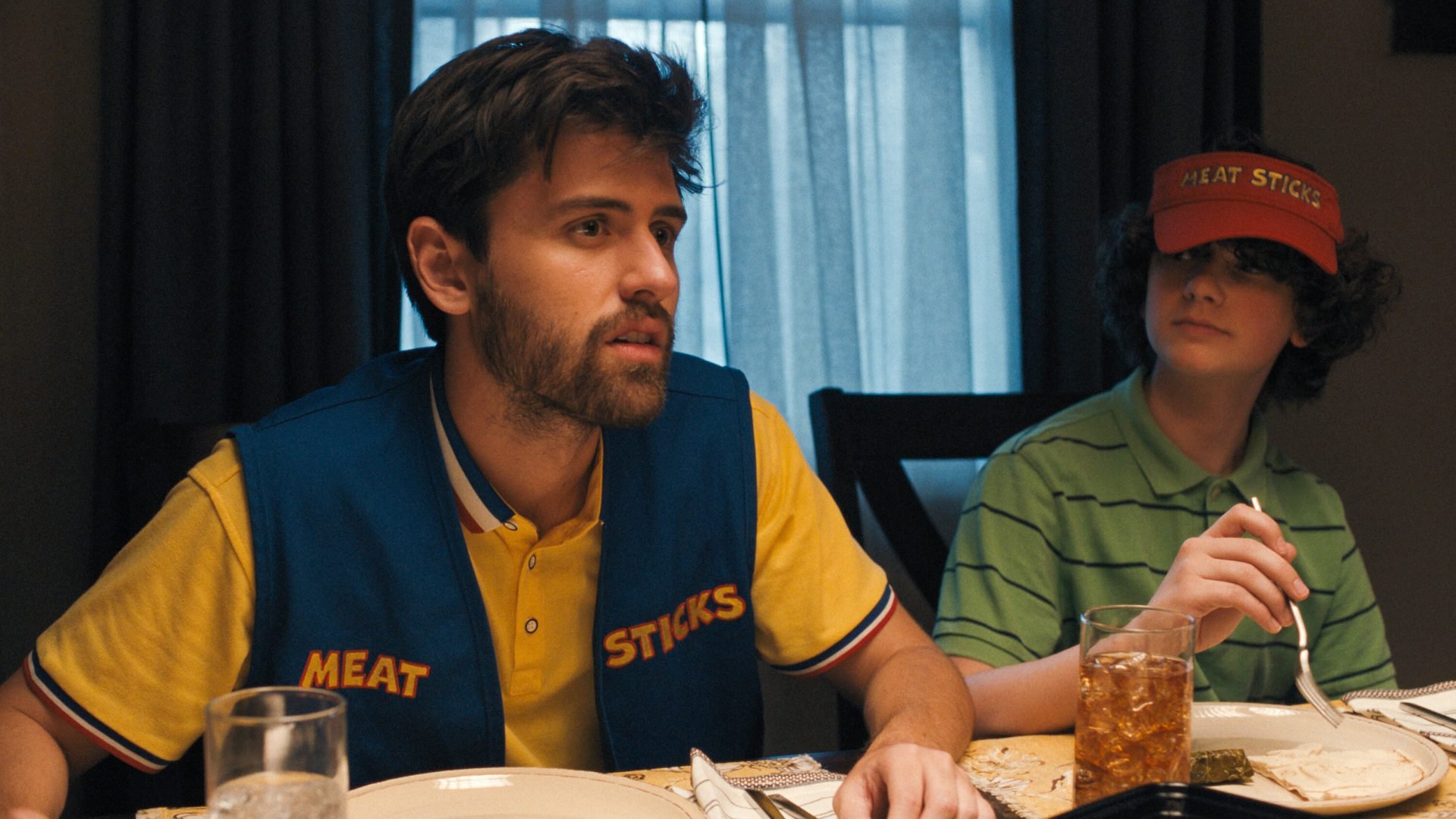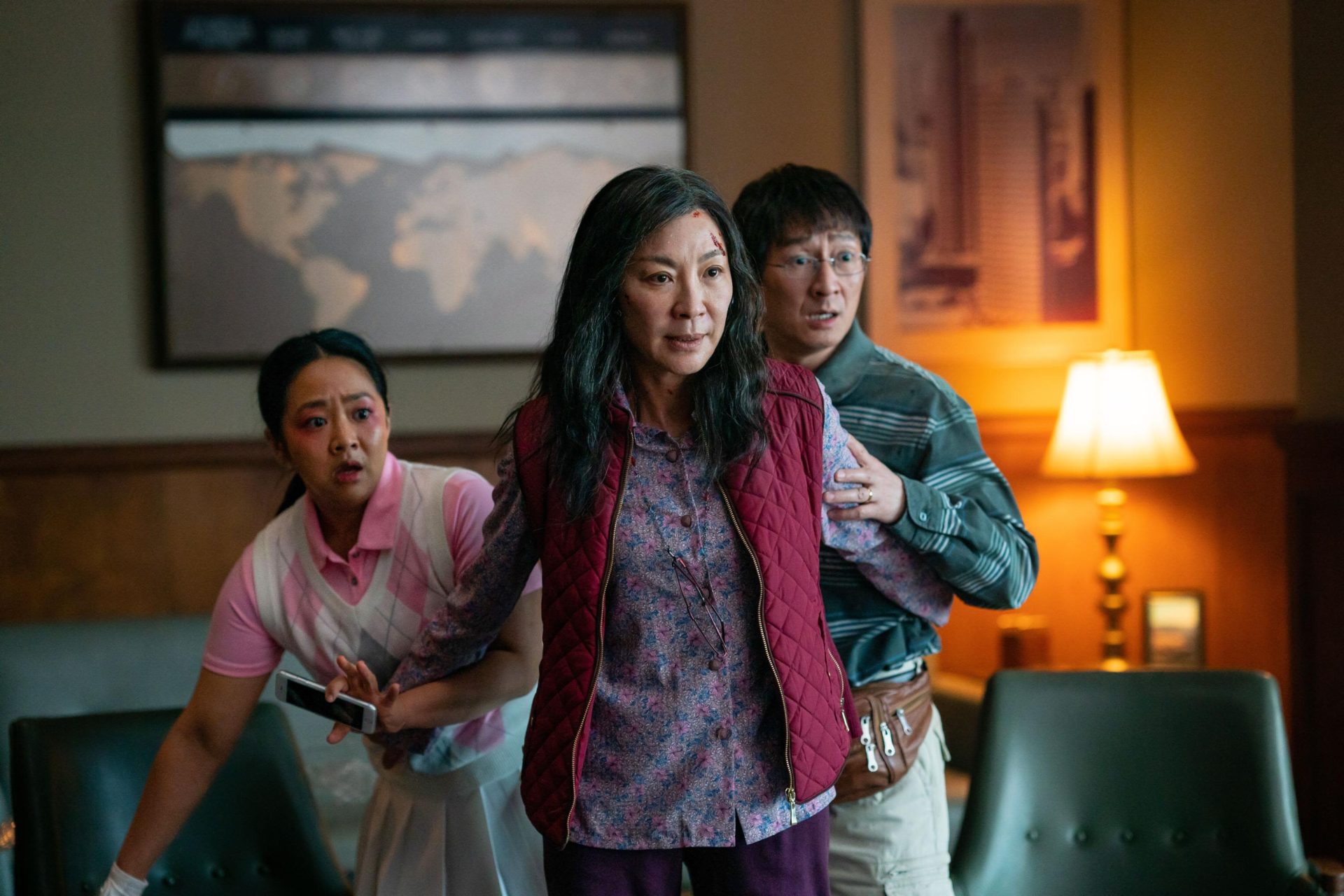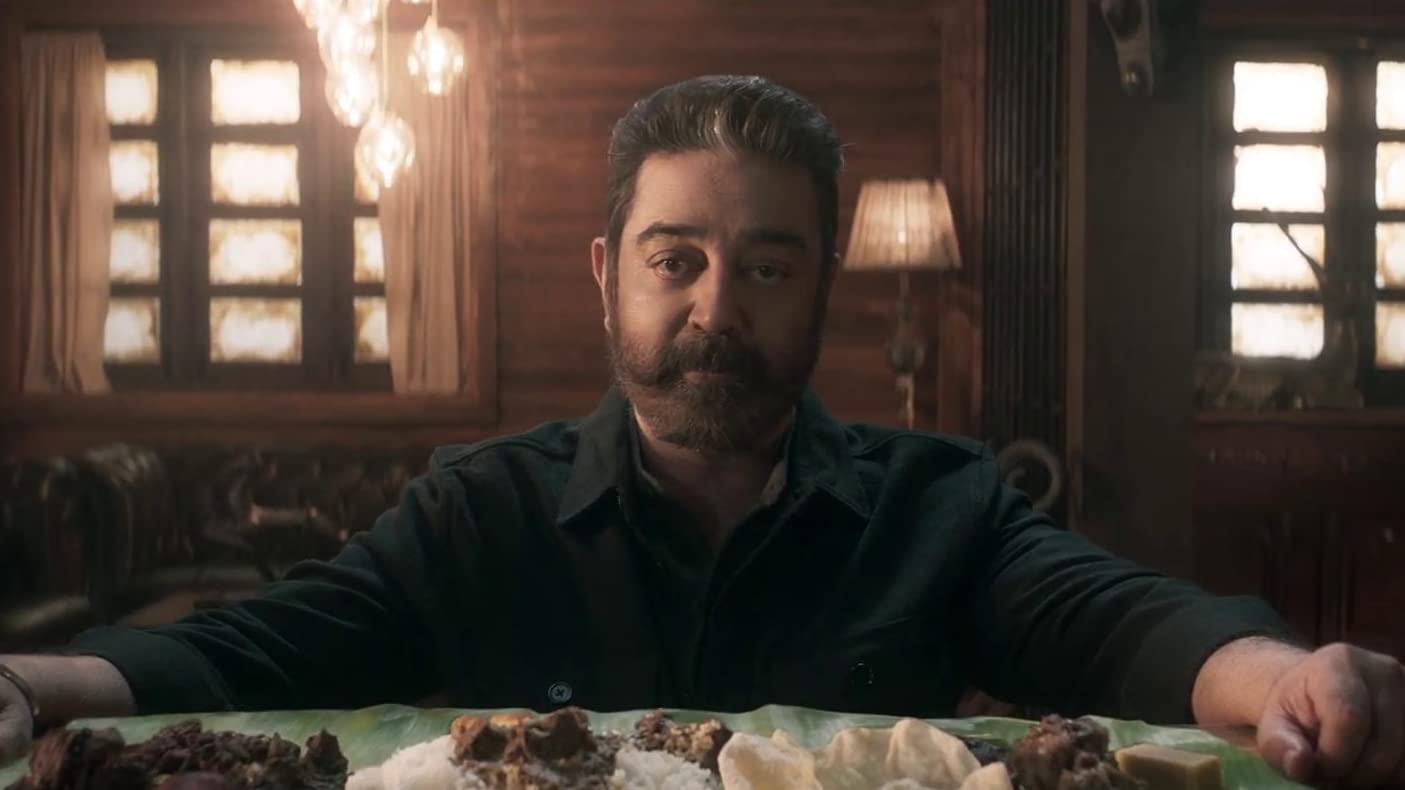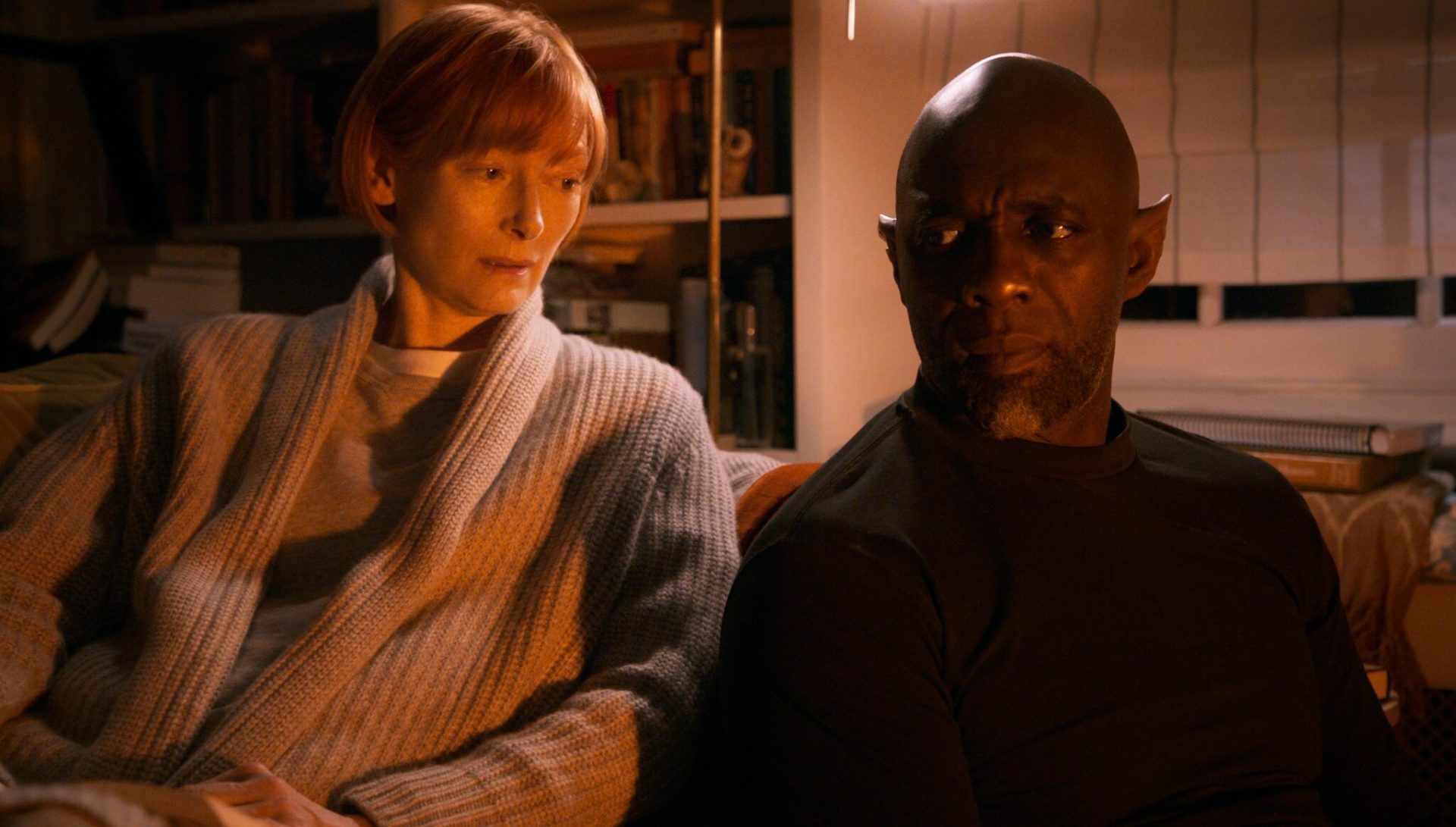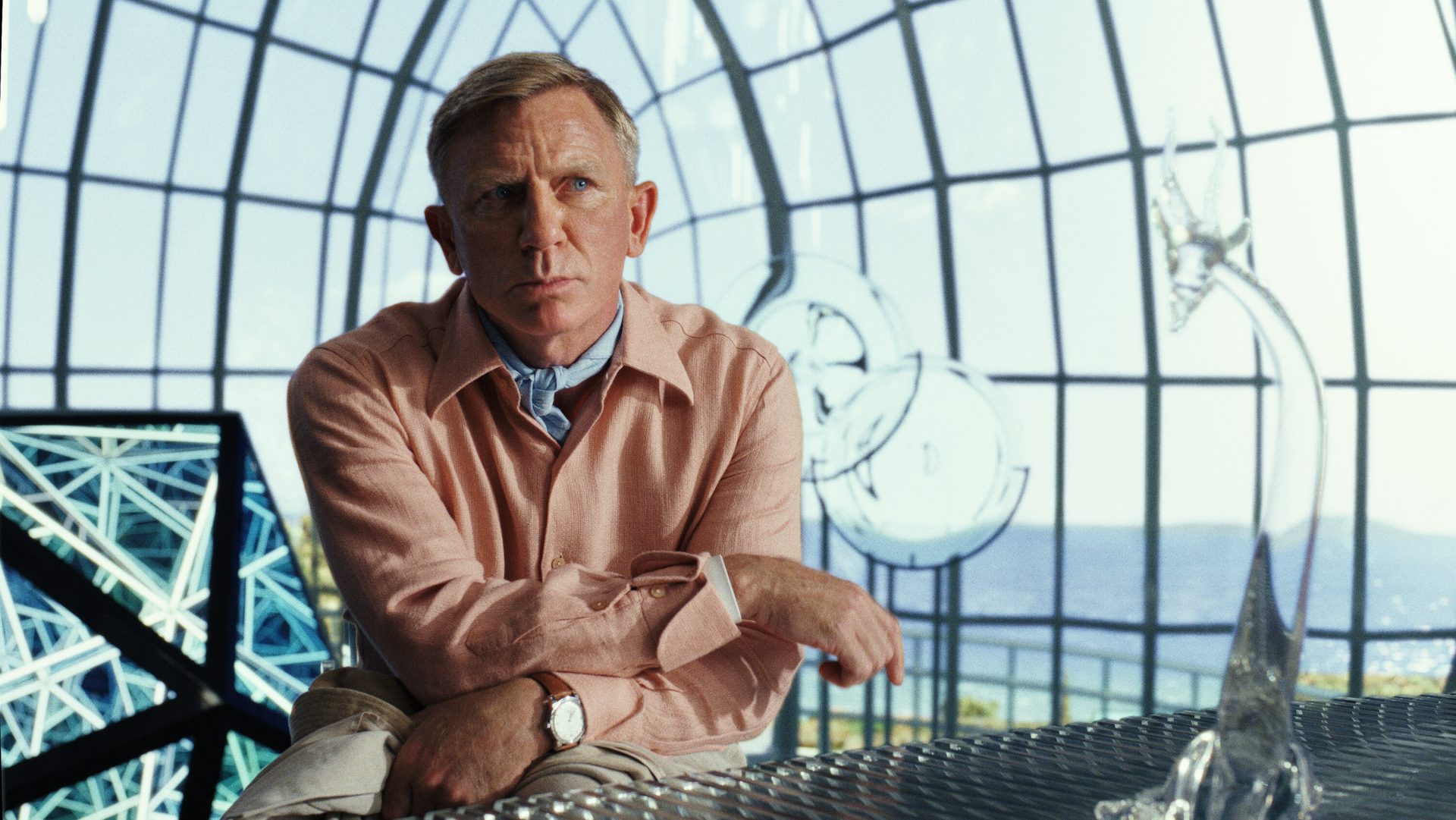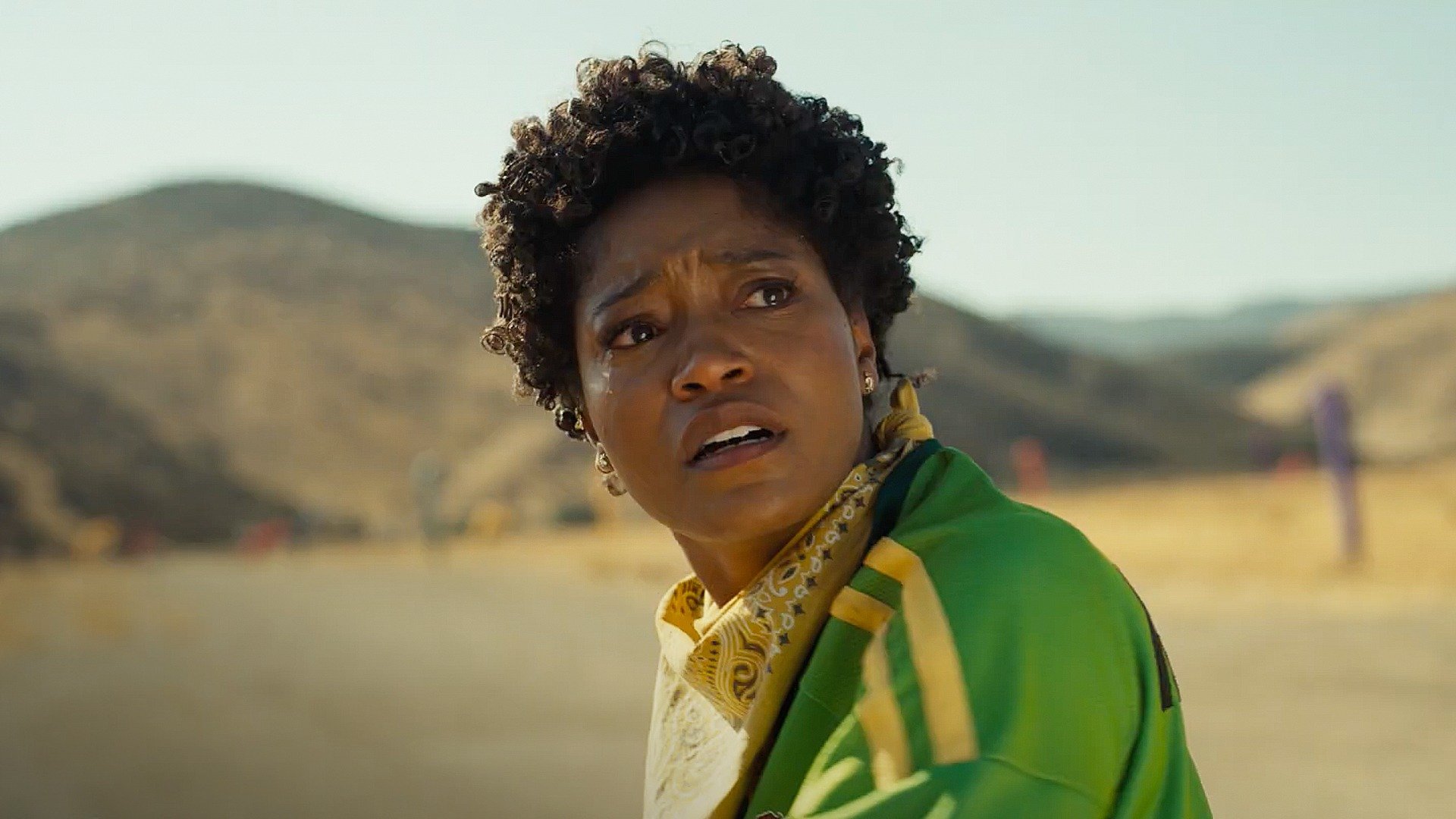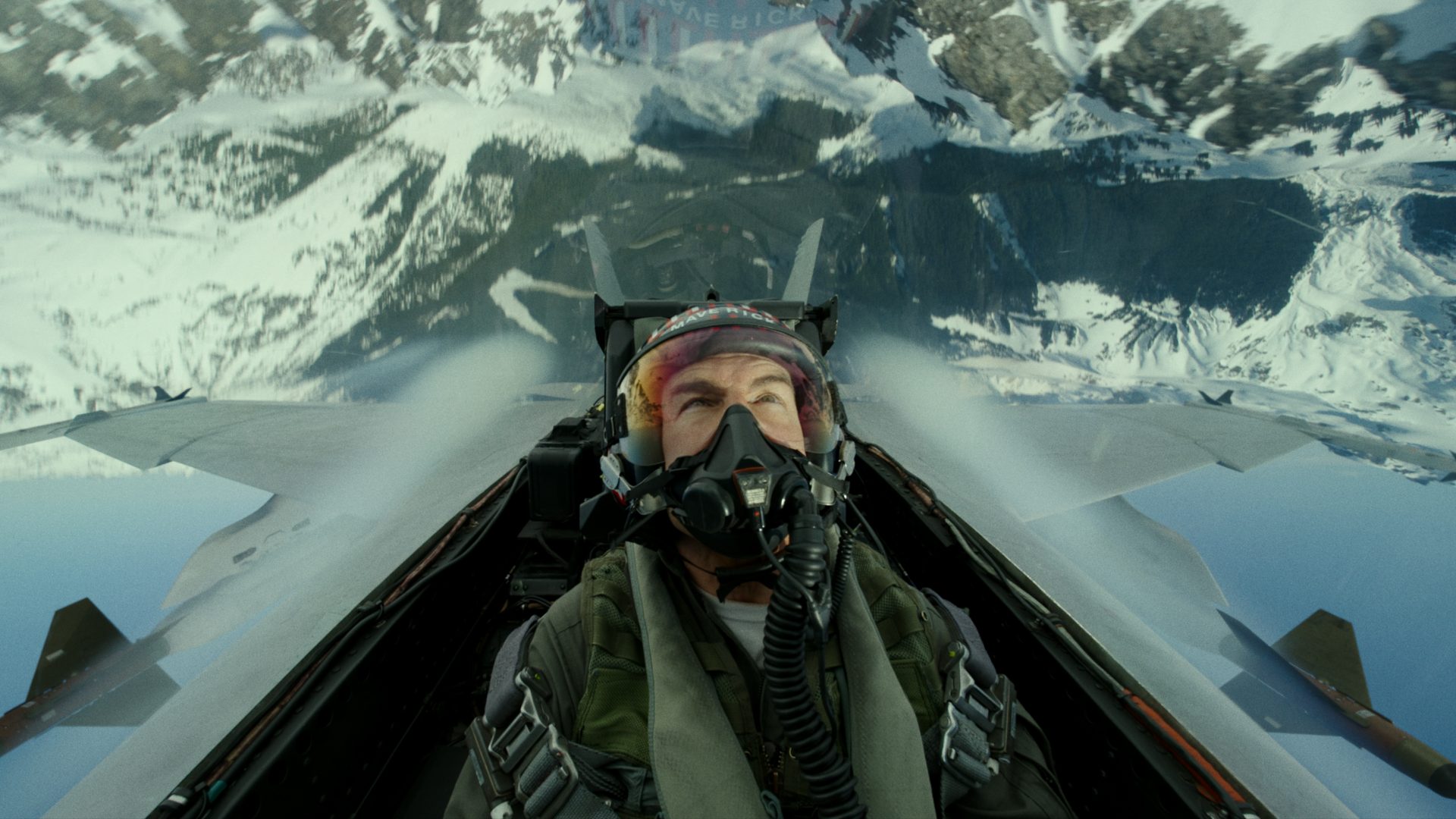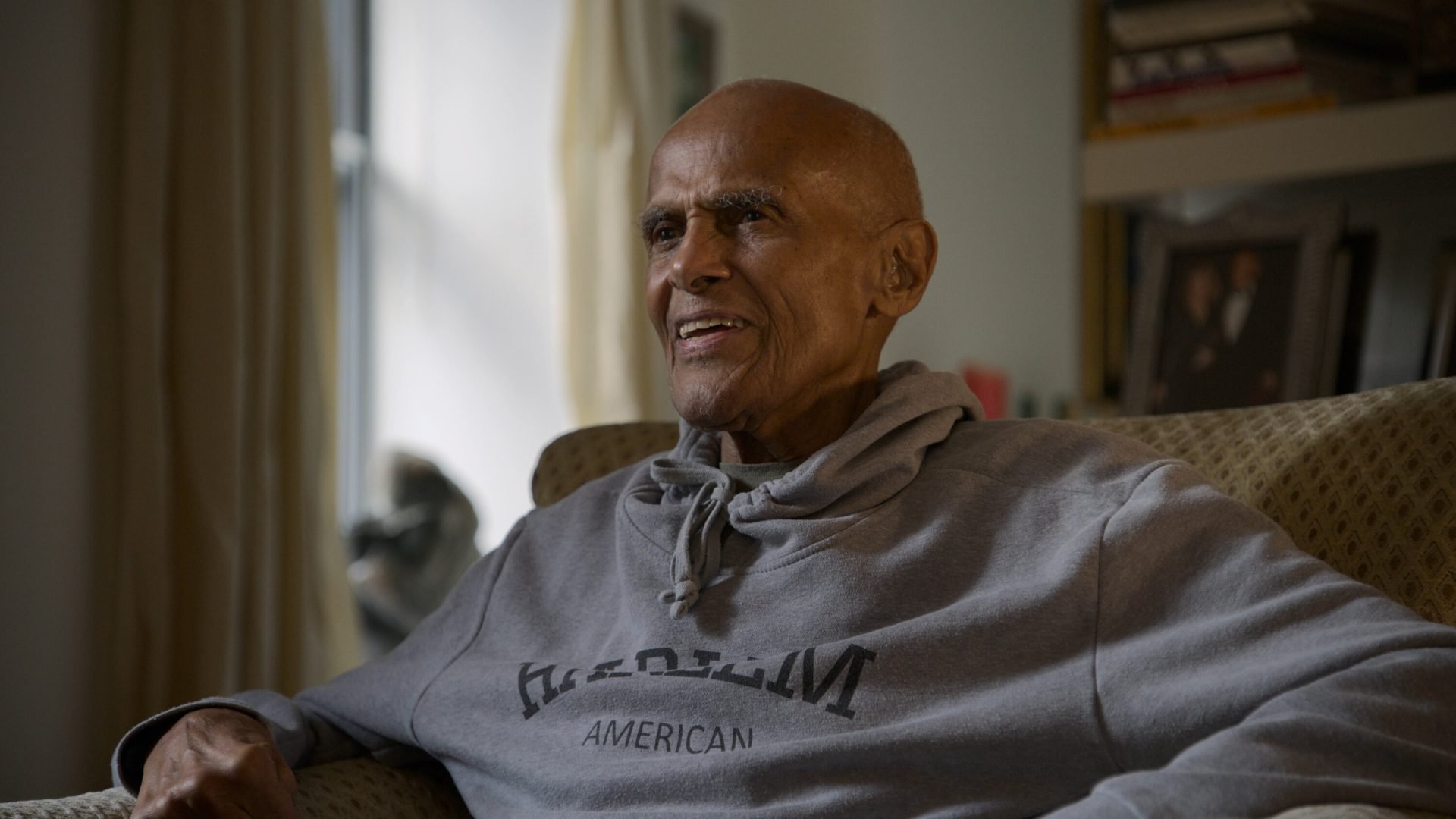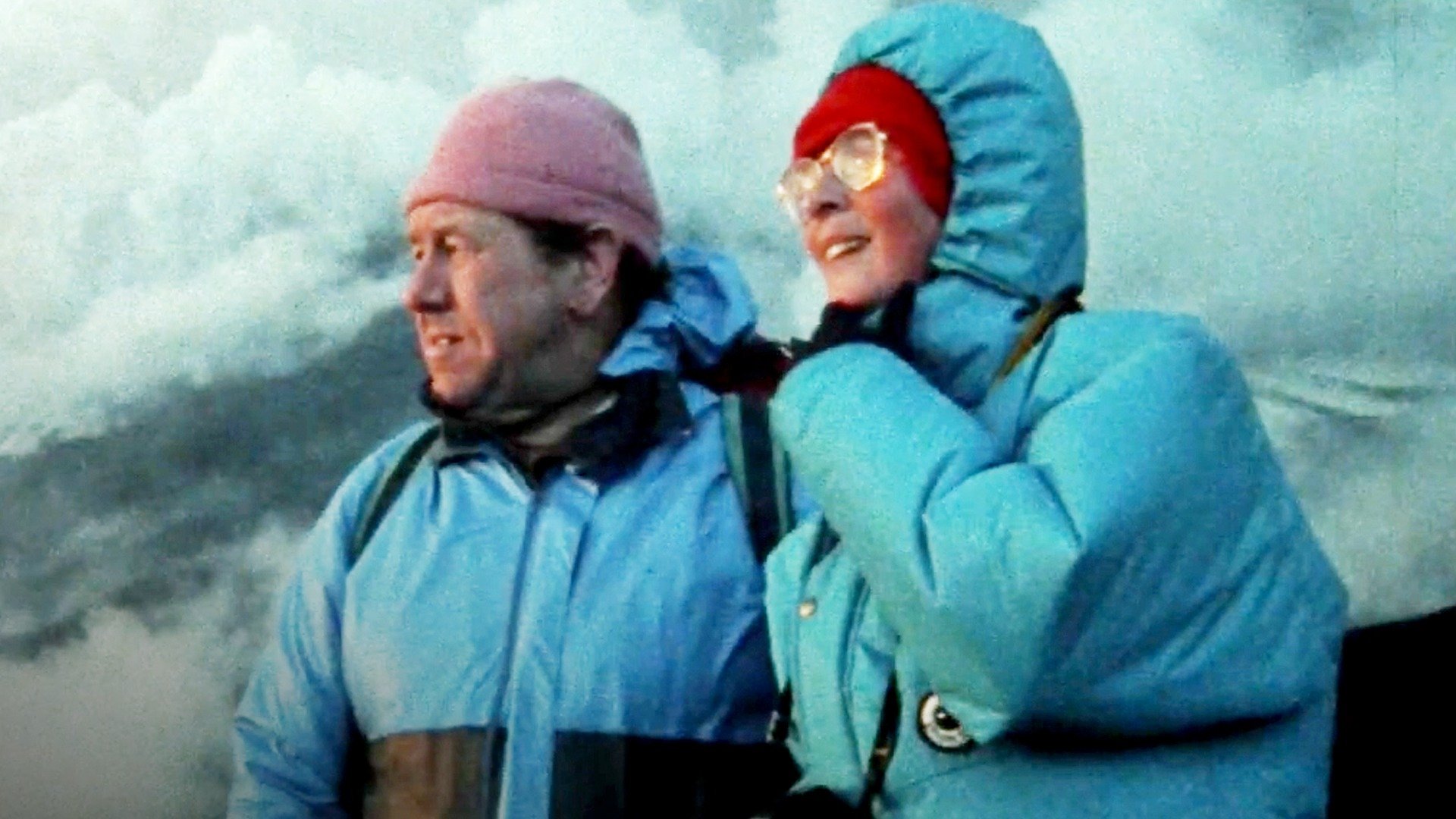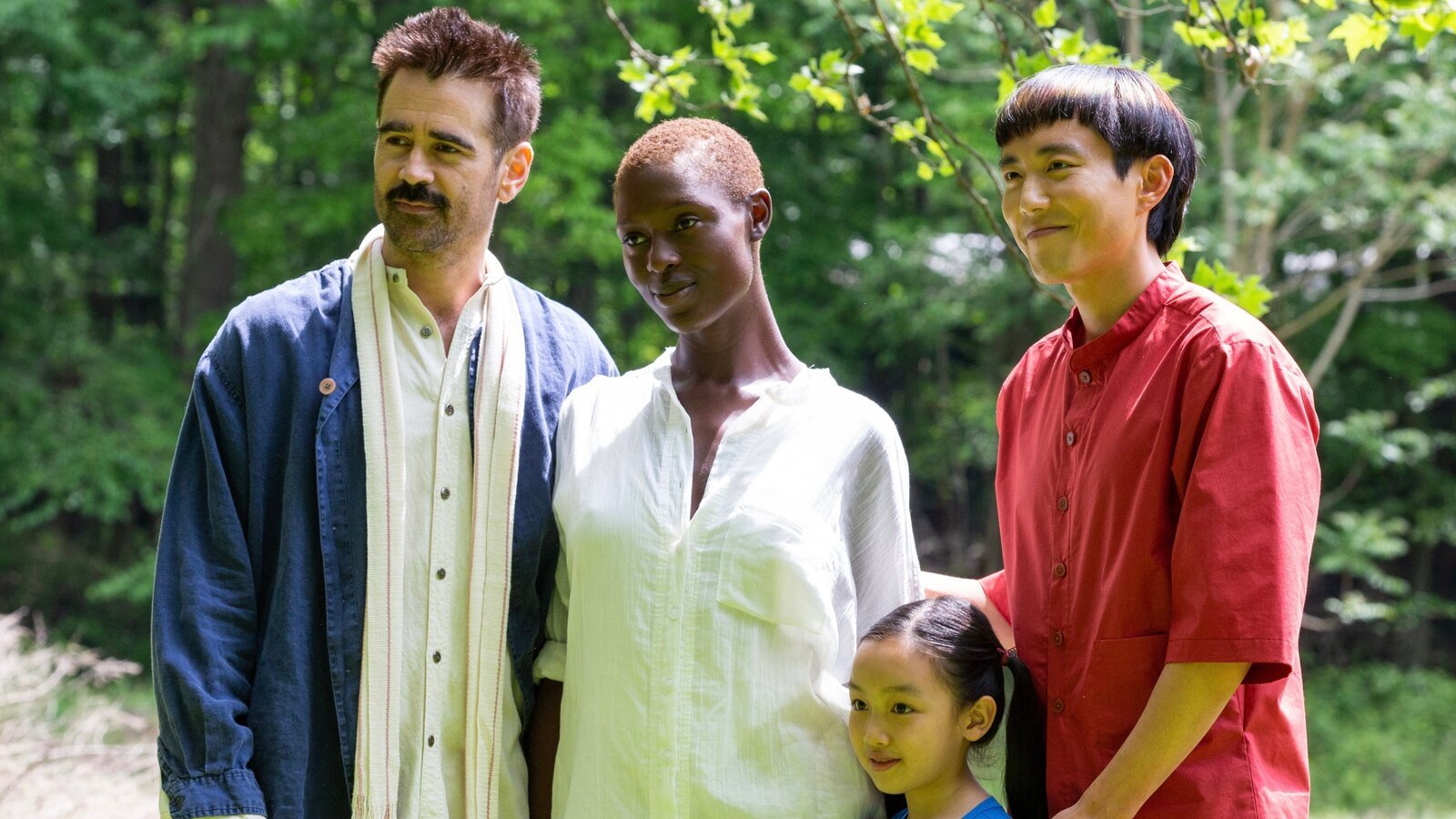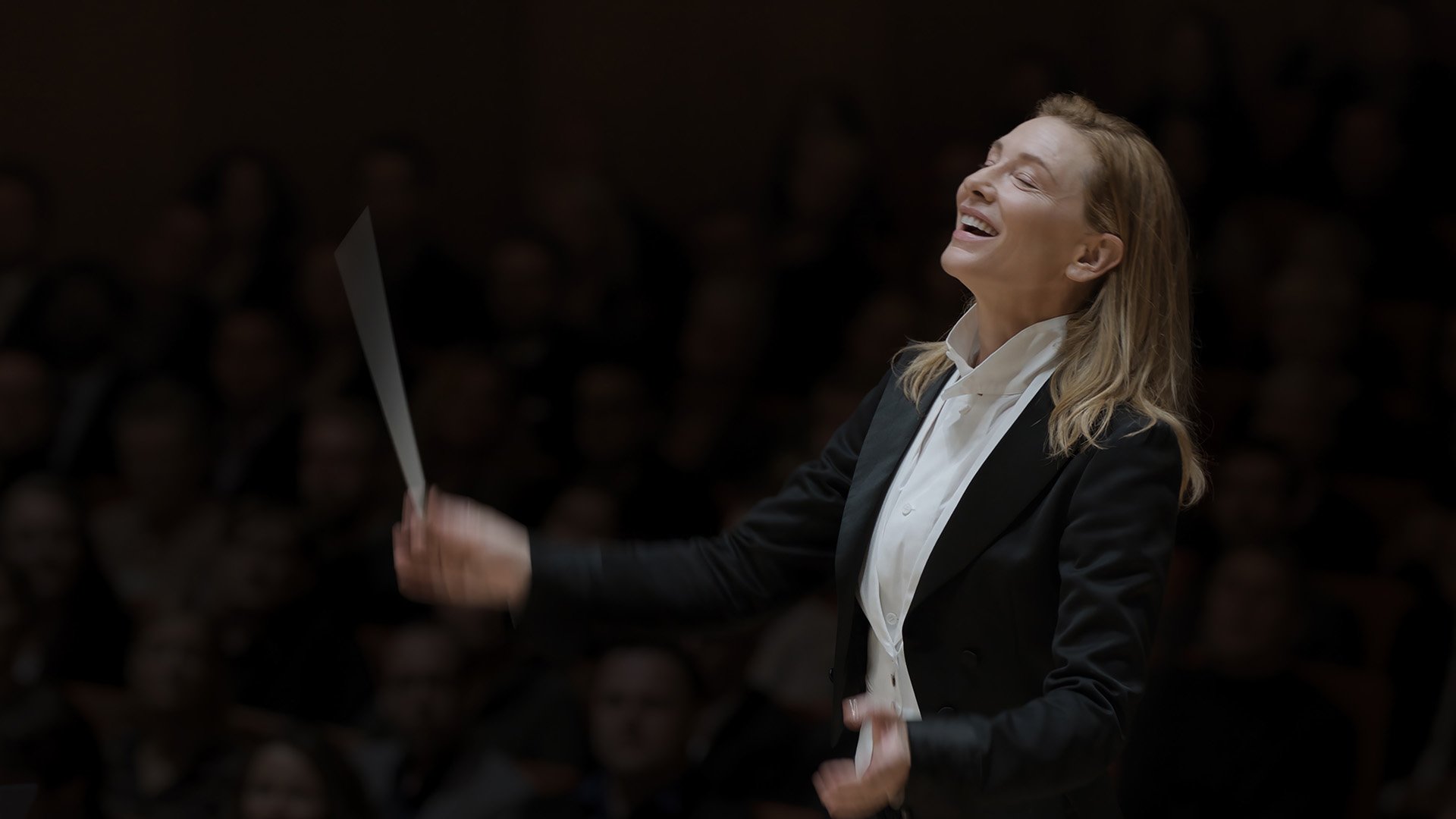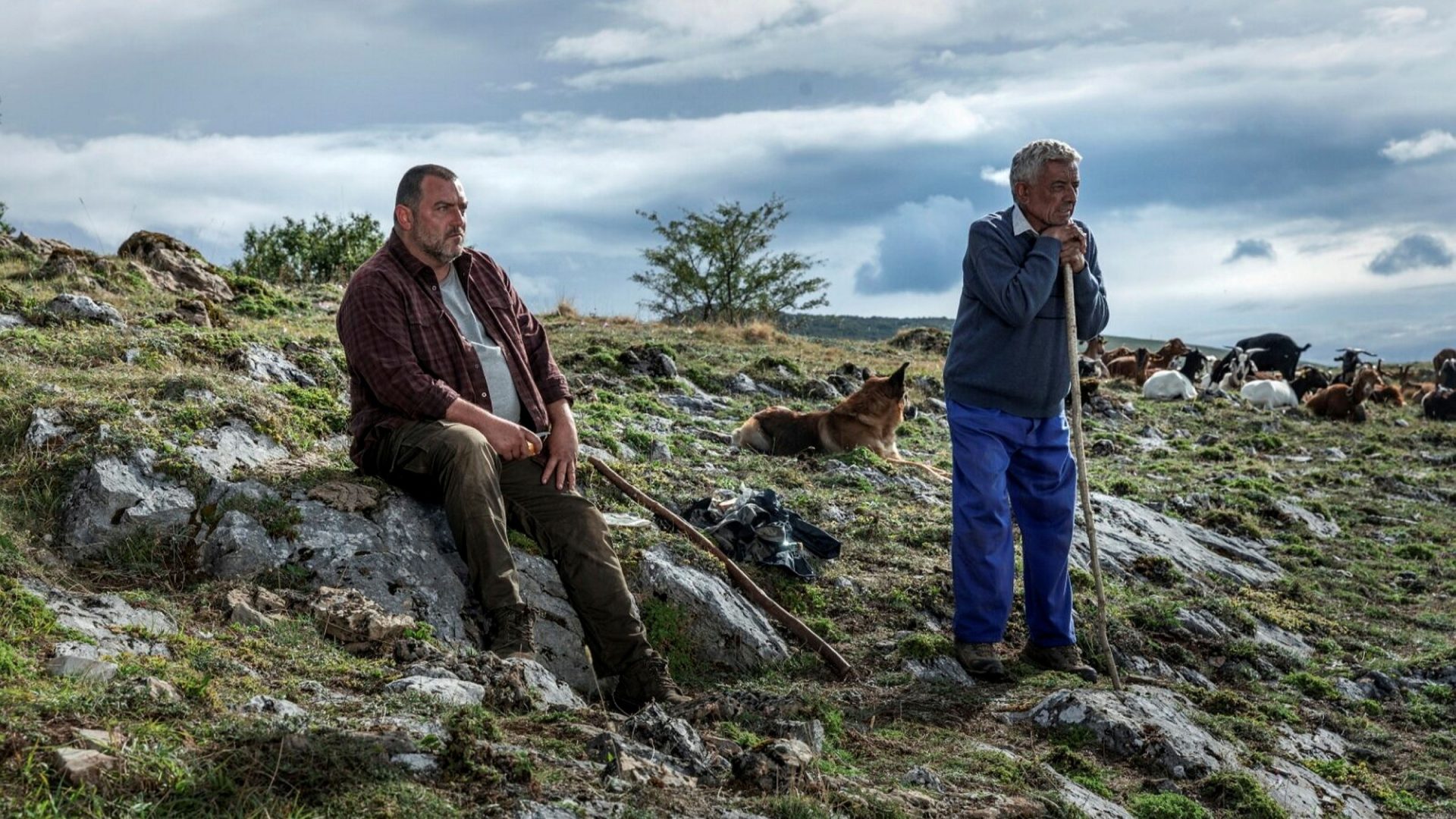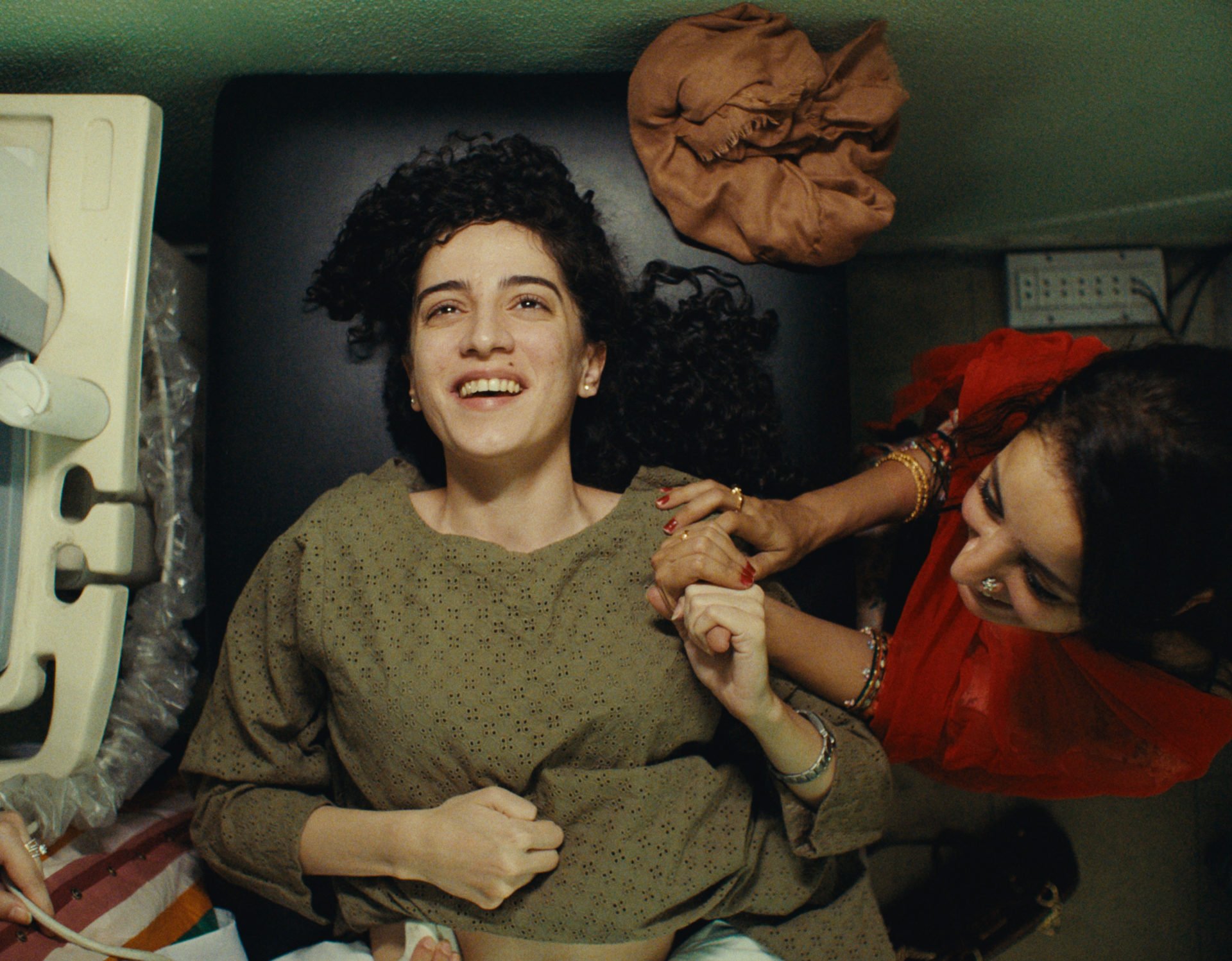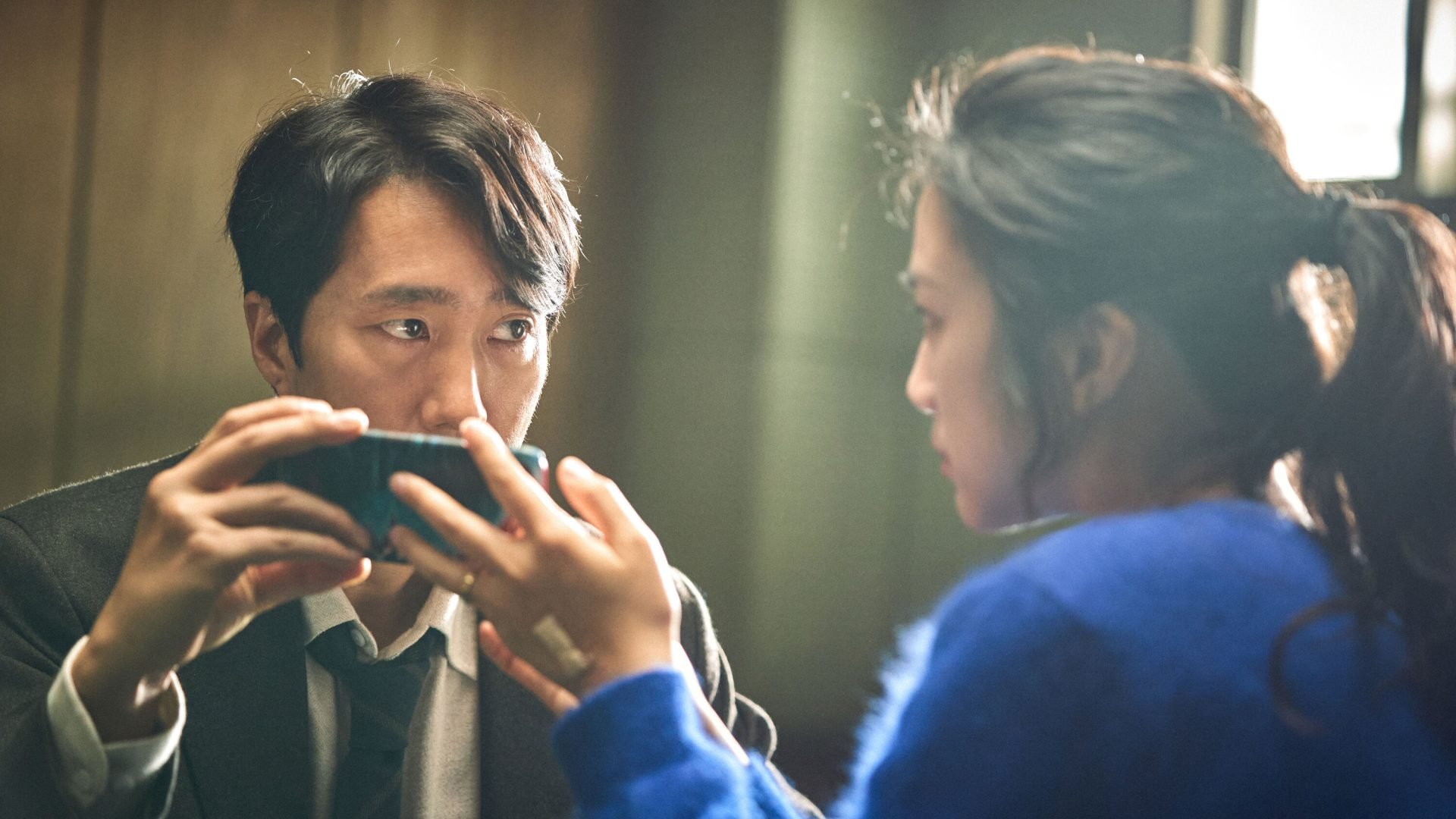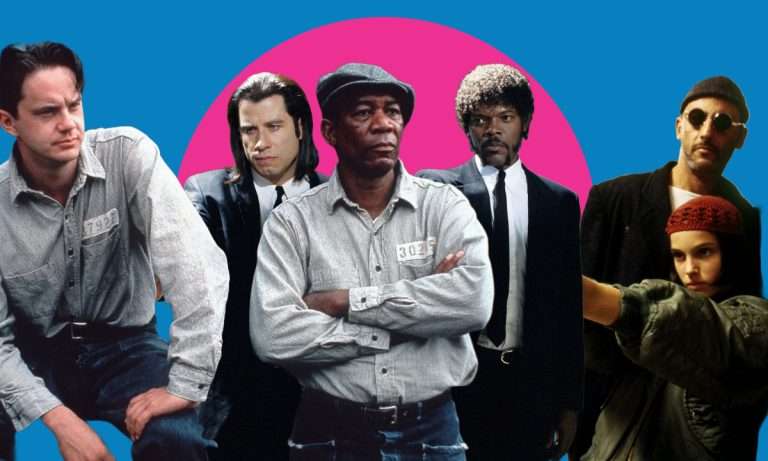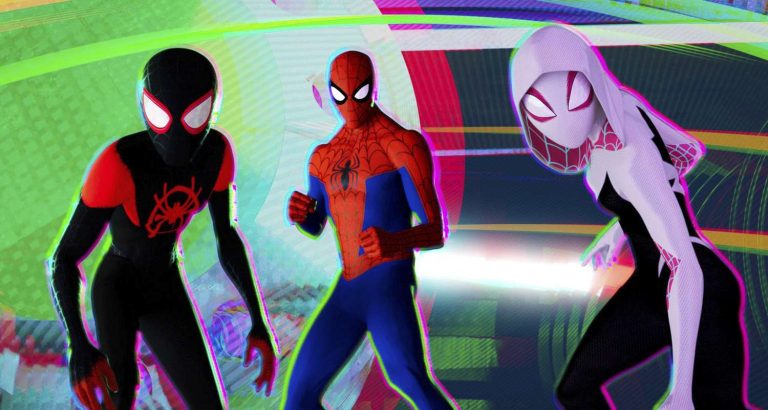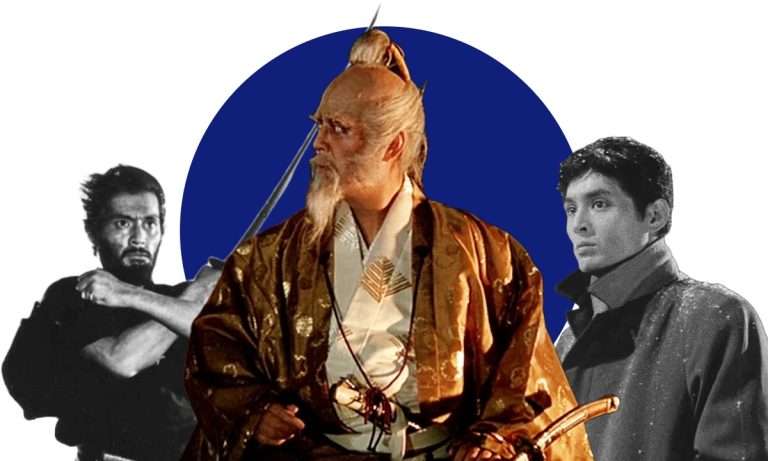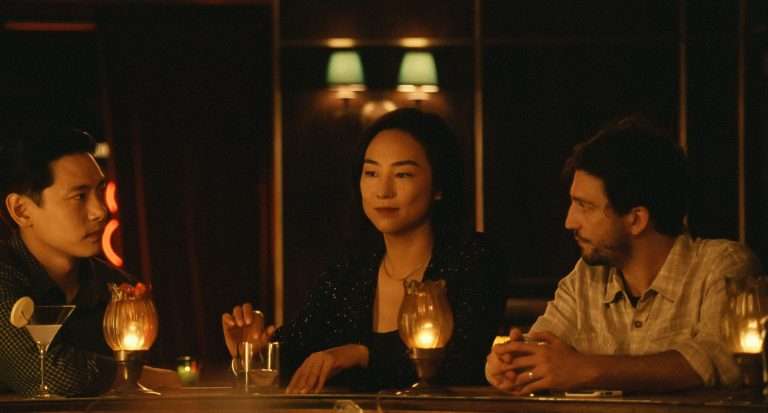50 Best Movies of 2022: Lists are labors of love. When lists are comprehensive like these, it is noticeably tougher to select movies and arrange them based on an arbitrary degree. It is also difficult to arrange movies with disparate tones and a variety of genres. When the year was as diverse and eclectic as 2022, ranking movies of such variety is thus a difficult yet strangely rewarding task.
The disclaimer on the subjectivity of the list should be given at this point. It is physically impossible to watch every movie released every year, and there might be noticeable omissions from this list. I would urge everyone checking this list out to list your choices and the key omissions of this list and maintain an engagement, albeit respectfully. This is, at the end of the day, a list of 2022 movies conceived by my personal choices and a definite effort being given to capture the length and breadth of every tone and genre possible. Here’s hoping you enjoy reading through it as much as I enjoyed writing it.
A few Honourable Mentions are listed below, which could easily have cracked this list but missed it by a few margins –
Ponniyin Selvan – Part 1| Director – Mani Ratnam
Pearl | Director – Ti West
Kimi | Director – Steven Soderbergh
Thallumaala | Director – Khalid Rehman
Saloum | Director – Jean-Luc Herbulot
Crimes of the Future | Director – David Cronenberg
The Sky is Everywhere | Director – Josephine Decker
The Eternal Daughter | Director – Joanna Hogg
Darlings | Director – Jasmeen K. Reen
World War III | Director – Houman Seyyedi
Without further ado, here is the list of the best 50 films of 2022 –
50. Barbarian | Director – Zach Cregger
There are relatively few genre films that have become shorthand for tonal shifts midway through the film’s duration. Influence in the current climate is very much dependent on the genre of movies with a pulpier bent which a majority of the audience would watch. Sidestepping through the spoilers for Barbarian is genuinely tough. Still, Justin Long’s secondary protagonist is one of those grey-shaded protagonists tending to be black who genuinely manage to maintain their slimy tendencies even as the elements of horror thrown by Zach Gregger manage to shock, awe, and even cause revulsion amidst its viewers.
Zach Gregger’s skillful direction and dynamic camera work sometimes work in tandem with the score to shift points of view as well as change sub-genres of horror and back again. The consistency of the characters through the extenuating circumstances helps the story coalesce together at the end despite the plot flailing all over the place. Genre faithfulness of horror movies and not devolving to terms like “elevated horror” but solely dedicated to viscerally engaging the audience kicks Barbarian up a notch and lands it in the list of best films of 2022.
Related to best movies of 2022 – Barbarian (2022) Movie Ending, Explained
49. Black Panther: Wakanda Forever | Director – Ryan Coogler
It is hard to conceive how much of a bad hand Ryan Coogler and his entire cast of Black Panther dealt with the loss of their lead actor, Chadwick Boseman. The actor’s untimely death forced Coogler to rewrite this sequel’s entire story, and his choice to focus on the loss of T’Challa, effectively crystallizing his portrayal, was a huge gamble. The movie acknowledges the loss by opening up with T’Challa’s death. The suddenness of the death can be attributed to an allegory of the current state of the world or a sloppy way out. But Coogler, with co-screenwriter Joe Robert Cole, doubles down on that choice.
This doubling down is most prevalent in the character arc of Shuri, T’Challa’s sister. She effectively is the lead of the film, and Letitia Wright steps up to the plate in more ways than one. There is always an argument over whether a legacy character has accomplished enough to take over a pre-existing mantle. The tale manages to send Shuri through a baptism by fire. Because in the wake of T’Challa’s death, the world still wants access to the vibranium that T’Challa had promised in the first film.
Namor, the ruler of the underwater kingdom of Talokan, is against that, as the discovery and resultant encroachment of vibranium reserves below the ocean are causing Talokan to be revealed as a world power. He represents what Wakanda used to be, and the conflict arises from Shuri and Queen Ramonda trying to craft a newer identity for Wakanda in this new world. It also helps that Namor, like Killmonger before him, is a complicated MCU villain within the Black Panther mythos, with a motive far more three-dimensional than even the later iterations of antagonists in the MCU.
While Phase 4 of the MCU ends with a whimper, Black Panther: Wakanda Forever still manages to maintain Marvel Studios’ dignity. Its honesty manages to hide its imperfections. It feels guided by a human touch far more than an assembly line or a committee, and the movie tries to justify the existence of a new Black Panther narrative-wise, and it succeeds. It also succeeds as a tribute and an acknowledgment to Chadwick Boseman, from the opening Marvel Studios logo (sans the score) to the final scene of Shuri remembering his brother. Ryan Coogler had an unenviable job, and he pushed through to the finish line, keeping his voice and storytelling intact. It manages to become significantly different enough to warrant a place on this list.
Checkout – Black Panther: Wakanda Forever (2022) Review
48. RRR | Director – SS Rajamouli
The tremendous success of RRR (oscar-winning film) can be attributed to director SS Rajamouli’s sincerity towards his vision and his technical prowess in crafting action set-pieces straining credulity but impeccably executed. He is very focused on crafting these set pieces, but knowing exactly when to pull back, lets the viewers luxuriate in his imagination and then push forward. As a result, each action set-pieces is subdivided into its three-act structure, which plays into the larger narrative of the screenplay itself. Thus, instead of CGI messes, they are larger-than-life moments that can give a dopamine rush.
On the other hand, the larger narrative is basic and subtle, with the reach of a sledgehammer. But the potency in simplistic storytelling is far more effective if harnessed correctly, and while the melodrama and several of the comedic moments threaten to bog the film down, at every point, Rajamouli and actors Ram Charan and NTR Jr. don’t lose sight of the imagery. Two Telugu stars of rival families acting together for the first time, getting equal billing and screen time. Ram Charan’s stoic acting is utilized as a screenwriting thread instead of an acting flaw to explore complexity. In contrast, NTR’s expressive acting through his eyes drives both the simplicity of Bheem and his determination home.
The references to Ramayana and Mahabharata sometimes feel redundant, but imagery matters in effective storytelling. The mirroring of moments in emotional as well as visceral scenes is successful in masking the melodramatic aspects of the movie. This is theatrical nirvana with simplistic storytelling, reaffirming imagery, and history we knew of in passing.
Read on – Here’s Why RRR is One of the Best Action Movies
47. Avatar – The Way of Water | Director – James Cameron
Avatar: The Way of Water is James Cameron’s “original” vision of his sci-fi story coming to fruition. Compared to the original Avatar, the sequel is bigger in scale and scope. It was uncertain, however, how far into science fiction territory it would go. While the first inkling of big ideas in Avatar (2009) was mostly the forest’s connection within the trees, which was possible due to the metal unobtanium, and the tree of souls being a repository of memories, the sequel goes deeper into the world-building, sometimes to an overly indulgent and luxuriating degree.
But where Avatar: The Way of Water maintains a step above its predecessor, beyond the obvious upgrade of special effects, is character development. The theme of family runs throughout the narrative for all of these characters. A surprising amount of attention is given to the kids’ character development.
However, this movie truly is a visual effects extravaganza in the form of Cameron pushing the envelope in the progression of visual effects. Underwater sequences in visual effects don’t look nearly as good as they do here, and how Cameron tries to maintain the verisimilitude of the world is remarkable and occasionally overwhelming. The motion capture, too, looks stellar, especially in the dark and when the light from the burning ship illuminates Jake’s face before the final act. It is also fascinating how Cameron references his own action set-pieces within the final 45 minutes: from the corridor shootout of Aliens to the final overturning of the Titanic. It is also remarkable how Cameron manages to shift perspectives seamlessly as the ship overturns and how he manages to keep the audience engaged within the action sequences. This sequel does the impossible, making the viewer as invested in this world as the creator is.
46. Ballabhpurer Roopkatha | Director – Anirban Bhattacharya
One of those rare movies where the term “clean comedy” doesn’t act as shorthand for saccharine or nostalgia bait for novels being read by the Bengali “bhodrolok.” Ballabhpurer Roopkatha is a significantly tighter story in the first half than in the second. Yet, it manages to emulate, involve and immerse a viewer in a “theatrical production” while maintaining the cinematic approach. The balance is executed well because director Anirban Bhattacharya and cinematographer Soumik Halder know how to traverse the length and breadth of a singular location. Thus, the script and structure of storytelling don’t compromise the identity of the 1964 play by Badal Sarkar.
The script and dialogues are cracklingly funny without becoming pretentious, sleazy, or obnoxious. It strictly balances slapstick, situational, and pure dialogue-driven pun-heavy comedy. The success of Ballabhpurer Roopkatha proves Anirban Bhattacharya’s creative voice is one to watch out for, while the film’s quality indicates that it is the cream rising above the crop.
45. Puss in Boots: The Last Wish | Director – Joel Crawford
The fact that it took ten years to make Puss in Boots: The Last Wish is completely visible on screen. Easily one of the most gorgeous animated movies after Spider-Man: Into the Spider-Verse, the hybrid animation style accentuates the characters’ dynamics on screen. The usual smooth 3D animation giving way to the choppy hand-drawn hybrid mix of 2D and cel-shaded animation in the chase or fight sequences would remind you of Spider-Man Into the Spider-Verse. Still, it is fascinating how the transition seems seamless every time it occurs and is not jarring.
Joel Crawford’s Puss in Boots The Last Wish also has the advantage of being so far removed from the rest of the films in the Shrek franchise because of the decade-long period of its making. Even as a sequel to this franchise, Puss in Boots: The Last Wish works perfectly as a standalone, its idiosyncratic world with its weird characters and rules being the only marker for the franchise it belongs to. But what sets it apart from traditional kiddie fare is the very mature theme of mortality: reckoning with your past and the propensity to bask in the glory days as death comes knocking at your door.
Wagner Moura as the mysterious Wolf (the personification of Death) is suitably creepy and terrifying, forcing Puss (Antonio Banderas) to reconcile with his mortality and to live his one remaining life, even as the movie takes the traditional route of Puss rushing for the “final wish” for getting his lives back. The jokes land for the most part. However, it’s the thematic resonance that pushes this film to the finish line, along with its fantastic voice cast.
44. All That Breathes | Director – Shounak Sen
Director Shaunak Sen, in his critically acclaimed documentary “All That Breathes,” manages to show a side of Delhi that we are not used to seeing. He also brings a grandiose yet lyrical tapestry to the proceedings from this different point of view. His camera is almost content to record and observe the tortoise crawling out of the refuse, the rats scurrying and eating through the landfills, the bird looking as surprised as we are to see the foam over the polluted Yamuna River, or even the camera looking over the horizon filled with kites. It is almost surreal at times, like looking at the sky and experiencing vertigo.
The brothers’ articulation in understanding and encapsulating the current state of the world, their banter, and their philosophical musings are overpowering in their depth of thought and heart-wrenching simplicity. It could be because of their reconnection to nature by running a bird clinic and trying to rescue and cure kites, thus lending a positive hand in this interconnected ecosystem.
The kindness, nobility, responsibility for protection beyond the borders of religion, and creed and expansion over species. This organized act of kindness comes at the cost of capitalism spreading its tendrils over the brothers’ lives and constraining their noble prospects. The uniqueness and subtlety of storytelling ensure that it remains on the list of best movies of 2022.
43. Marcel the Shell with Shoes On | Director – Dean Fleischer Camp
Dean Fleischer Camp’s hybrid animated film features an adorable one-inch tall shell who lives a colorful existence with his grandmother, enjoying the little things by giving them primary importance (literally and metaphorically), also teases a mysterious tragedy that reduced a sprawling family of shell survivors to two. But amidst the “plot” of the story, the meta-narrative shows what happens when a documentary filmmaker discovers them in his Airbnb and records a documentary about Marcel. Talking about this film critically would be somewhat missing the point, although it appeared in the list of 15 Best Movies of 2022 on Rotten Tomatoes. Like Ted Lasso, Marcel resembles a ball of positivity in an increasingly cynical world.
“Marcel, the Shell with no shoes on” is genuinely one of the most feel-good films of the year, with nary a pretension. The film’s authenticity and conviction, combined with the hybrid animation, guarantee that the picture is as endearing to watch as Marcel is in his innocence.
42. Discards (Jhilli) | Director – Ishaan Ghose
There is something to be said about a movie completely grabbing you by the neck and pulling you in. Perhaps that feeling arose because this highlights a part of a city I had no idea about beyond a passing reference. The existence of the Dhapa dumping ground is akin to not realizing the existence of a perspective unless you see it.
The dichotomy between Kolkata and Dhapa is striking, complemented by the gorgeous cinematography. The hand-held camerawork accentuates the perspective of the characters we follow throughout the film, with Ishaan Ghose and his collaborators laying bare the lives, ambitions, and dreams of the people working in the Dhapa bone factory. The storytelling is thus devoid of any conventional narrative arc. Instead, it follows their existence, monotony, and the sadness accompanying it. Thus, the lives captured on celluloid aren’t recorded for shock value. The visuals are disturbing without any embellishments. The almost dystopic scenery is the ethos of normalcy for them. Through the eyes of these characters, we see a vision of Kolkata: crowded, filled with lights, beauty, opulence, and temptation.
The city is a lure, a symbol of capitalism and modernity’s encroachment. And while the movie feels indulgent in the middle as it attempts to depict these folks’ lives among a few happy moments in their immature exchanges, we ultimately feel Ghose’s endgame. An empathetic perspective could only be completely realized if the truth of existence was laid bare without sentimentality. And that’s where Jhilli excels: as a recontextualization of a city once thought to be known. Thus, it is impossible for this film not to be part of the list of the best films of 2022.
41. Hit the Road | Director – Panah Panahi
Panah Panahi’s debut movie captures the normalcy amid the chaos that most Asian families experience on a family vacation. The strongest elements of “Hit the Road” are the characters and their interactions: be it the slovenly dad with his irritable demeanor and his deadpan snark; the outwardly calm, progressive, and cool mother who is trying to be the peacemaker; the introverted older son who is managing to keep his anger, insecurity, and fear at bay by trying to maintain a stoic demeanor; or the younger kid who is a twerp, a mix of adorable and annoying – the overly smart kid with a fast mouth.
As a result, all these characters are stuck in a car while driving through what seems to be a cross-country road trip, and the interior is a powder keg of cacophony, noise, and situational hijinks. But within those hijinks are also moments of quiet contemplation and conversation. The conversation between the older son and his mother over a cigarette, or the conversation the father finally has with his elder son, a civil one after a long time, is both highly relatable and yet contains moments where the characters, as well as the audience, are allowed to breathe while Panahi chooses to fill in the plot gaps.
From the conversational snippets between the parents or between the father and the older son, it could be surmised that the son is being taken far away from the prying eyes of the autocratic government, perhaps because the son has become a target. The obtuseness of the plot lent a surreality in tone with unique, albeit off-kilter, humor. However, it hit home runs when it depended on familial banter and shenanigans. The flawless expertise in capturing those moments of serenity and mayhem in juxtaposition with each other amongst the family members, like all the conflicting personalities within a single individual, propels this film to great acclaim, landing it on the 15 best movies of 2022 on Metacritic.
40. Aftersun | Director – Charlotte Wells
The tone of “Aftersun” and the deliberate distancing of perspective within this film is emblematic of a perspective that is intensely personal and yet simplistic. The use of a camcorder resembles the polishing of memories, of the vividness and bright colors of the moments of the holidays, in sharp contrast to the few moments of reality we witness. Director Charlotte Wells wanted to show the obtuseness of such a personal diary and the intuitiveness of Sophie’s character to pry out gems of nuances from her father, who remains mysterious to her and, thus, the audience throughout.
The restraint in filmmaking is admirable, but that haziness also becomes alienating. However, what this movie manages to convey effectively is the need to understand the things about their parents once lost to the void of loss: their humanity and their flaws. And because video cameras or even audio snippets effectively capture memories, the child voraciously devours such snippets and those memory fragments to parse through and understand the parent, almost asking them without any hope of getting an answer. Thus “Aftersun” deceptively creeps up on you, especially in its final moments. It’s an exercise in patience but a rewarding one.
39. Last Film Show | Director – Pan Nalin
Most cinephiles will mention either a long-forgotten picture or one with a more commercial bent if you ask them about their first cinematic experience. The trick to Pan Nalin’s film “Last Film Show” is how he tells the story of the genesis of a boy’s passion for cinema from the microcosm to the macrocosm of filmmaking.
The aforementioned story of the grandeur of movies and storytelling is intriguing but also tender and sweet. Nalin’s dedication to the meticulous crafting of the milieu ensures that the film never devolves into a sweetening farce. On the one hand, “Chello Show” is the story of his blossoming romance with cinema in an almost autobiographical fashion. On the other hand, he is creating a love letter to cinema utilizing many aspects of filmmaking for successful closure.
The film’s final act acknowledges the arrival of modernity with almost savage and frightening sights of the destruction of film reels. As a subtextual commentary on the demise of single-screen theatres, it is the coming of age through terrifying realizations coming full circle. It is a homage to the fundamentals of the past of filmmaking and cinema projection, which are being gradually replaced with more benign but equally eye-catching objects. The detailing of the projection booth, the cutting and splicing of the reels, and the impromptu foley work performed by the kids as a way to add audible dimension to these “silent films,” “Last Film Show” becomes a pure and honest portrayal of the love of cinema akin to the innocence of loving a home cooked meal.
38. Gargi | Director – Gautham Ramachandran
The story of Gargi is reliant on conventionality: a woman’s fight to prove the innocence of her father, who has been arrested for the rape of a minor. At least for the majority of the film’s runtime, the movie straddles the legal tropes that stories like these harness for maximum impact. What works in Gargi’s favor is Gautham Ramachandran’s sensitivity and empathy in depicting an event that could only be described as harrowing. He foregoes the voyeuristic tendencies of the visual recording of a violent act in the film, choosing to use different camera angles and focus more on the implicitness of the violence.
It is a tricky balancing act. A balancing act is also required to maintain the commercial nature of the film; its over-reliance on the background score in some instances comes to mind, or K. Venkat’s performance as an underdog lawyer whose speech impediment is mined for comedy. But director Ramachandran again sprinkles that with minute details about the proceedings of the court—the acknowledgment of sensitivity while focusing on the importance of evidence. Moreover, Venkat’s performance doesn’t devolve into caricature. But this is a Sai Pallavi masterclass in acting.
The film “Gargi” works, thanks to the focus on Gargi, the character, and the choices Pallavi makes as an actress in delicate moments of displaying emotions, strength, and fortitude of character while also choosing to be vulnerable and hiding behind corners or walls. And because Ramachandran fleshes out her backstory effectively, Gargi’s haunted and yet steely visage as a solitary tear flows down her cheek in the final shot asks the pertinent question, “How do you deal with your protector in society being the perpetrator of violence and crime?” And it’s an answer that both Gargi and the viewers have to reckon with as the 137 minutes of the film run out.
37. Missing | Director – Shinzo Katayama
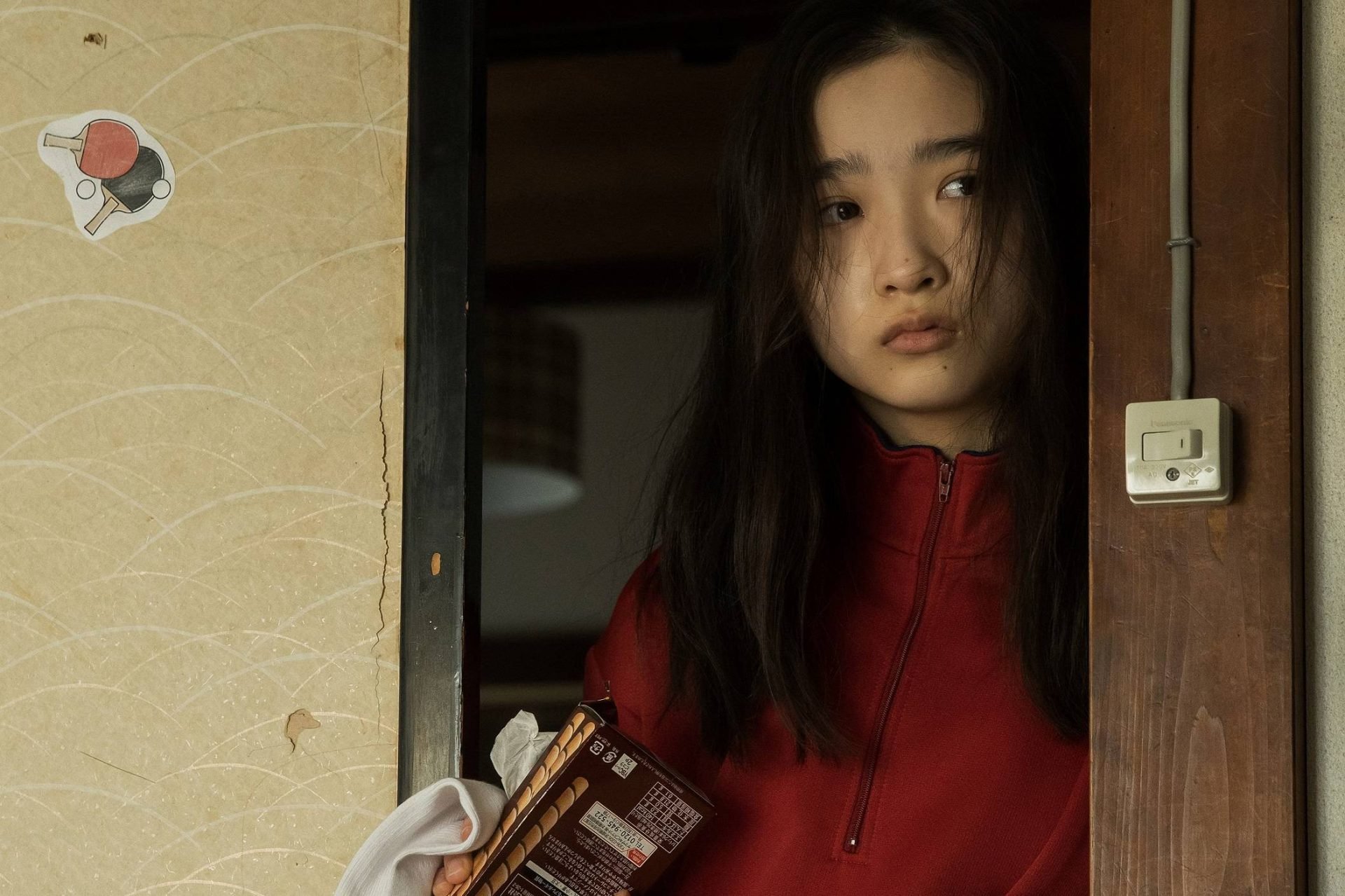
The three acts of “Missing” have a deceptively flawless genre switch. The first act, which deals with Kaede’s hunt for her father, is perfectly paced and painstakingly built because Kaede, as a character, feels well-rounded, and her entire development feels solid and believable. The serial murderer Yamauchi, introduced with the creepiness and violent propensity typical of a South Korean thriller, is the subject of Katayama’s choice to completely shift the perspective in the second act.
As Katayama leads this convoluted tale into deeper, murkier seas, introducing and exploring how Satoshi (Kaede’s father) was kidnapped, we are intended to realize how evil may arise from ostensibly good intentions. In what starts as a tale about a young girl trying to find her father while a serial killer stalks the streets, the focus shifts to how serial killings may be reframed as a social consequence. When it comes down to it, how long can a man try to keep his principles while navigating the dangerous situation he has found himself in? The third act culminates horrifyingly in a pool of blood and connects abruptly with the first act’s conclusion as Katayama drives the characters deeper and deeper into peril.
With a tight, gripping narrative and a healthy dose of moral dilemma, Katayama’s story might hearken back to his mentor’s 2003 classic “Memories of Murder,” and the haunting ending of “Missing” might elicit a similar form of reaction.
36. Descendant | Director – Margaret Brown
In her documentary Descendant, director Margaret Brown juggles two types of reflection. Her story covers a history that was previously only known orally. Despite being history for the residents of Africatown, this point of view on history had been dismissed as a myth by a narrative dominated by white people. Brown struggles with the second type of reflection: the reclamation of identity by rediscovering this history through something concrete. The documentary exposes the pernicious nature of modernism and how it still perpetuates the conventional assailant-victim pattern.
“Descendant” depicts the locals demonstrating visible evidence of America’s troubled past. The discovery of the Clotilda shipwreck by a local reporter and a group of marine archaeologists serves as the documentary’s catalyst. It lends the discovery’s aftermath the weight of emotional resonance and catharsis. Although the falsehoods and revelations via paper trails are interesting nuggets, Brown thankfully doesn’t focus too much on the investigative aspects of the ship’s discovery.
The finding of the ship would be cathartic for the team, but as Brown demonstrates so eloquently and without hyperbole, the reaction of the descendants is considerably more profound. It serves as indisputable evidence of their existence, a confirmation of the reality of slavery, and a vindication of the crimes against their ancestors that they may display to the rest of the world. The “legend” can now be debunked. This film is about facing difficult truths, remembering the past, and taking control of the narrative.
35. Glorious | Director – Rebekah McKendry
Wes is in a remote rest spot after a painful breakup. He is in the restroom after a night of wild fun that resulted in his pants accidentally being set on fire. As he empties himself, a mysterious voice from the nearby cubicle confronts him. Things get bizarre when Wes realizes that the omniscient voice has an odd, eldritchian voice, knows a little bit too much about him, and identifies himself as a very old god in need of Wes’ assistance.
In keeping with the Lovecraftian horror subgenre, “Glorious” also follows a regular person consumed by his problems and drawn into the antics of cosmic or supernatural forces wholly beyond his control. The distinctive aspect of “Glorious” is how narrowly focused it is geographically, which contrasts beautifully with how expansive its ambition and writing are. Time and space manage to fold as the movie goes on. So Wes is either experiencing hallucinations or being thrown back when he tries to see the elder God through the glory hole separating the two restroom stalls. Or he manages to escape through the vents linking the bathroom to the outside world, only to fall back into the same stall.
Like most Lovecraftian horror, the focus is on philosophical reflections and comparisons of the insignificant nature of humans rather than the backstory. The verisimilitude of the film is never compromised as Rebekah McKendry transforms a single-location story into a supernatural and philosophical drama with very high stakes. Due to their inherent tension, the imaginary and the real can coexist. The film’s scathing, violent, slimy, and offbeat finale is made possible by the mean-spirited and borderline gallows humor. Yes, the juvenile humor in the title’s wordplay is really obvious and fits the movie’s tone perfectly.
34. Aavasavyuham: The Arbit Documentation of an Amphibian Hunt | Director – Krishnad
“It is Aquaman crossed with a B-Level Malayalam film superhero.” — An arbitrary comparison of any supernatural element to a superheroic event. It is hilarious, considering the entire movie’s subtitle is “The Arbit Documentation of an Amphibian Hunt.” Thus, there is a deliberate arbitrary nature to connecting every moment of our protagonist Joy’s life to the movement of an amphibian or a creature of the sea. It works very well as a weird bracketing segment connecting all the different tonalities and the genre shifts Aavasavyuham undergoes in its 127 minutes runtime.
The information delivered is in spurts, which explains both the narrative text of Joy’s abilities and how those abilities, which are related to his interconnectedness with nature, are always in conflict with strands of capitalism and the human predicament. This works as a connecting metaphor for the ecological destruction humanity perpetrates throughout Kerala’s coastal regions. Suppose one wanted to deliver a film dealing with a “message.” In that case, one can do worse than making a genre movie coated in a mockumentary sheen, which is again covered by a commentary on the form and genre of the mockumentary itself, as a Rashomon style of truth hidden beneath obvious layers works in mocking the format of the mockumentary itself.
33. Inu-Oh | Director – Masaaki Yuasa
Masaaki Yuasa, director of weird idiosyncratic anime like “The Tatami Galaxy,” “Ping Pong: The Animation,” and “Devilman Crybaby” takes the fictional aspect of the “historical fiction” genre and stretches it to absurdist heights. The story of a collaborative effort between the outcast son of the head of a Noh theatrical troupe and a Biwa priest is formed based on their unique skills within the framework of artistic expression set by history. The blind Biwa Priest Tomona, later Tomoichi, and still later Tomoari, realized his skills in “shredding” the biwa to the tune of a distorted electric guitar.
Inu-Oh, the titular character, is an outcast because he is cursed with a mishappen body, a hand taller than the rest of his frame, and his face covered with a gourd mask. But his eccentricity grants him flexibility in dance moves, specifically in break dancing. When these two meet, their shared uniqueness causes literal sparks to fly, while the stories of the Heike, which the Biwa’s traditionally used to sing about, take shape and structure in the form of live performances.
Thus the movie, and Yuasa’s imagination, too, as a result, get unbridled as we are visually fed a 14th-century Japanese glam rock opera, with queer tones present so overtly that subtext almost becomes text. At the end of the day, even while the film and Yuasa almost luxuriate in their animation marvel, and for a good ten minutes, the movie becomes an anime version of a concert film, it never loses sight of the theme of artistic expression during a time of political upheaval, and have ludicrous fun along the way.
As a result, the animation too oscillates between 3D digital, traditional 2D animation, watercolor-heavy animation, and even abstract experimentation. Yuasa’s expansive imagination almost allows for all these disparate animated visuals to existing simultaneously within the story’s single reference. It becomes too chaotic, sometimes too much in love with the anachronisms in its soundtrack. But its uniqueness, like its protagonist’s, is a trademark of its creator. Thus it satisfies one of the tenets of appreciating any form of the modern film: showing something decidedly different.
32. All the Beauty and Bloodshed | Director – Nan Goldin
The biography of Nan Goldin, a photographer well-known for examining LGBT subcultures, queer and traditional relationships in all of their dynamic forms, and most notably, a hard look at the HIV/AIDS crisis, would have made an impressive documentary on its own. But Laura Poitras, who is known for her multi-timeline hopping and paranoia-inspiring documentaries (Citizenfour), opts for something much more audacious and complex in structure, perhaps to explore Goldin’s perspective as she documents Goldin’s efforts to fight the opioid crises with the aid of her foundation P.A.I.N. (Prescription Addiction Intervention Now).
All the Beauty and Bloodshed is jam-packed and filled with details, managing to incorporate a lifetime’s worth of experiences from Nan Goldin’s uniquely colorful and difficult-but-fun life. Nan Goldin’s evocative photographs are precisely edited to express sequential and chronological storytelling coherently. This is another example of a nearly flawless partnership between the documentarian and the artist. It is always up to the individual to decide how to make sense of his past and use it as motivation to fight in the present.
Goldin is articulate enough to give her justifications for opposing the Sacklers. The combination of beauty and misery, joy and death, freedom and the fear of the unknown, which it attempts to communicate in its elegiac style, however wrong it may be, is ultimately overwhelming. It is unique, to say the least.
31. Badhaai Do | Director – Harshvardhan Kulkarni
The North Indian social issue-driven film “Badhaai Do” had every opportunity to establish itself as the norm. It would be naive to claim that the movie is a total inversion of the genre. Nonetheless, it succeeds in one aspect that most of these socially concerned films fail to do: it tells a captivating story that prioritizes organic character development rather than functioning as a vehicle for a social message. The story is created by director Harshvardhan Kulkarni and his co-writers and deals with the effects of the lavender marriage, lying, sneaking about, and countless other ways to get past and deal with cultural and familial obligations.
In “Badhaai Do,” the characters are the main attraction. Although their sexuality is the film’s main subject, it doesn’t downplay any of their weaknesses. They are also prone to cheating, seduction, heartbreak, a longing for freedom, and uncertainty while making decisions, appearing uneasy when they must be resolute. These individuals’ innately imperfect humanity emerges in fleeting moments. By emphasizing these small details, Kulkarni elevates this film above the average fare produced by the Hindi Film Industry, making the movie an important step forward in normalizing the depiction of queer romance on screen.
30. Emergency | Director – Carey Williams
Written by K.D. Davila and directed by Carey Williams, “Emergency” takes a pre-packaged genre and focuses it through the lens of the 2022 landscape, balancing both comedy and serious tone in equal measure. Hijinks here would be preceded by a serious discussion about whether or not the cops would be called based on the reasonable assumption that the cops would not believe them. So the road to a solution would be curvy, thorny, and misunderstood, filled with pitfalls like driving down a ditch, car chases in the dead of night, and everything else.
And lest you think that the movie just throws everything at the wall, the script progresses at a perfectly organic pace, with the stakes rising systematically with every second and the real-world problems threatening to burst through and immediately shift the genre to something far more tragic and violent. It’s the strong performances that keep “Emergency” from losing itself.
The performances by RJ Cyler (Sean) and Donald Elise Watkins are completely three-dimensional. The characters initially are archetypal: Kunle is the bookish, smart, and wise guy, while Sean is street-smart. But the night’s events reveal morality, their inherent strength, and the bubbling of insecurity that their street smarts and worldliness effectively disguise. It is fascinating how the movie juggles through these tonal shifts and manages to create compelling character arcs through the majority of the runtime.
“Emergency” is another college comedy about a night gone wrong that is nothing like the college comedies of the past. Set in the real world of Black Lives Matter, paranoia, racism, and a general prescience not delivered as didactic gospel but through an entertaining story, Emergency is the genre mash-up a film should strive to be.
29. The Fabelmans | Director – Steven Spielberg
If I had to take Fabelmans and judge it simply on its technical mastery, the movie vaults over being “watchable” from the first scene itself. The risk, however, of any autobiographical work is the innate propensity of the director to brush over or whitewash troublesome aspects of their past or prevent them from showing them altogether. “The Fabelmans” walks a tightrope here in that it never chooses to villainize or caricature any aspect of his familial life, be it the Jewish background, or the simmering fraying relationships of his parents, developing in the background as concretely as Sammy Fabelman’s love of art.
On paper, the portrayal of Sammy Fabelman’s parents is honest, devoid of any judgment or residual touch-ups. It would be wrong to suggest that the entire familial portrait is caricaturish because that familial chaos and that overlap of dialogue and parallel and cross-talk of conversation is realistic and relatable. Also relatable is Sammy’s father’s reluctance to accept his son’s talent as anything more than a hobby and Sammy’s mother’s insistence on following his heart at the cost of being branded as selfish. A relatable battle of heart and will, portrayed by two opposing sides personified by parental figures.
It’s also interesting that Kushner and Spielberg’s script manages to toe that line between sentimentality and honesty.Spielberg honestly portrays the anti-semitic conflicts he must have faced. This is a sobering thought even in this current climate, but what works is how The Fabelmans work more as a whole than a sum of individual parts. In a vacuum, individual sections appear hagiographic, but the editing and pacing ensure that the film moves smoothly.
The culmination of that final shot is clever, making perfect sense from a film grammar perspective. It tracks from the perspective of a prolific director known for crafting some of the finest works of Golden Age Hollywood and a master showing off effortlessly his craft at a time in his career, which most would consider tail-end, but that is far from the truth.
28. Rocky | Director – Arun Matheswaran
Director Arun Matheswaran is a genre film fan, a student of the art of filmmaking, who doesn’t let low budget constraints stop him from making one of the more artistic and yet bloody revenge dramas. Mostly utilizing wide shots to film the action set-pieces, which are minimalistic and yet brutal, Matheswaran in “Rocky” shows us the beginning of the action (the knife ready to be used to slice) and then the aftermath (blood spouting from the mouth as the tongue is cut); or wide shots showing Rocky beating the goons one by one as the antagonist watches from the other side.
By setting these moments in an abandoned building, he sidesteps budget constraints and involves them within the plot. The world is dark and bleak, and Rocky is melancholic yet fueled with rage and revenge. His internal monologue, accompanied by time reversal and poetic musings with nihilistic undertones, mixes perfectly with the fractured structure of the screenplay.
The first half is an out-and-out revenge drama enacted by one man. The second half becomes a hybrid of a revenge drama and a road movie, with Rocky driving while the villain Manimaran’s goons search for him. Matheswaran’s ability to capture the visceral violence through a visual arthouse pop sensibility makes “Rocky” unique. The stylishness of the overall motion picture manages to elevate its simplicity, and the beautiful dreamscape sequences are a wonderful add-on feature.
27. Jhund | Director – Nagraj Manjule
Funny, cathartic, and exhilarating are the adjectives best used to describe what is essentially a conventional biopic about Vijay Barse, a sports teacher who decides to form a soccer team consisting of slum children belonging to oppressed castes, thus effectively trying to rehabilitate them from petty crimes and drugs. “Jhund” is so compelling because Manjule makes it an ensemble piece. Every kid in the slum is given pertinently characterized that you aren’t waiting for Basre’s character to be the only one responsible for plot progression or catharsis.
Jhund is fascinating because, at almost 180 minutes, you can see the seams and the machinations of the movie-making, the Ajay-Atul rambunctious and infectious score propelling it forward. Even as the story runs the risk of being bloated, you can’t look away. Be it the raw and realistic portrayal of the entire supporting cast due to the milieu they are set in or Amitabh Bachchan’s surprising adeptness at blending in and becoming the character of Vijay Barse, Manjule crafts “the important commercial movie” and managing to crack its code.
26. Guillermo Del Toro’s Pinnochio | Director – Guillermo Del Toro, Mark Gustafson
For the first animated feature, Guillermo Del Toro is in complete and sharp control of his technical prowess and storytelling sensibilities. But unlike his last few films, the cynicism is notably absent, replaced with a humanist flair and a touch of fairy tale whimsy. The animation and voice acting deserve a special mention in the movie. The stop-motion animation is stupendous, managing to highlight both the striations and ugliness of the world in tandem with its gorgeous, imperfect beauty.
Del Toro’s story of Pinnochio places it smack dab in the middle of World War II, giving him ample opportunities to comment on fascism and religion, while his propensity for mythology and love for monsters is in fine form during the moments where Pinocchio travels to the “in-between,” where coffin bearers are rabbits, and a sphinx waits for the sand clock to run out.
These are unique additions to the story of the immortal boy who doesn’t grow up, but they don’t coalesce smoothly in the narrative. Pinocchio and the other characters’ journey comes off as particularly meandering in the second act, making the film feel far longer. It doesn’t stop the film from embracing the feel-good heart of the story and making the audience embrace the warmth of that hearth.
25. All Quiet on the Western Front | Director – Edward Berger
There is a clear oxymoron in making an anti-war film because the war in and of itself is a cinematic spectacle. So while the horrors of war could be lost within the dynamic action set-pieces, the trick is to ensure the audiences are privy to the horror of the showcased visuals. It could be done in two ways: create a film so detached and cold in execution that the violence carries little fanfare (Dunkirk to some extent) or make an anti-war film with such brutally precise details that the audience would be left overwhelmed, like All Quiet on the Western Front.
The dichotomy of the almost sickeningly gruesome violence with the gorgeous landscape vistas, the banality and ugliness of the trenches, and the lines and heaps of the dead soldiers, contrasts with the snow-clad white fields and the relative innocence of the soldiers and their dreams. The relentless nature of the violence and the bleakness of the proceedings are enough to de-achromatize the rose-tinted glasses of young soldiers being sent off to war in the noble service of their motherland.
This is a movie about contrasts. About the population of soldiers stuck in an endless cycle of violence while administrators look from their balconies, smoking cigars or signing armistices within the warm hearth of train carriages. It tries to be a story about contrasts, but dealing with the political machinations behind the scenes only manages to slow the movie down because those are extraneous additions from the original movie and the novel itself. But war is cruel; war is political conflict inevitably ballooning into an act of rage that pulls in innocents to slaughter.
War is a last “hurrah” of action and violence carried out by a soldier completely pushed to their breaking point before the clock strikes 11. War is dramatic irony; life depends on a few seconds before the clock strikes, even as the pace of the film sometimes feels punishing. The performances, especially by Max Krammer, hold the movie’s emotional arc together.
24. The Menu | Director – Mark Mylod
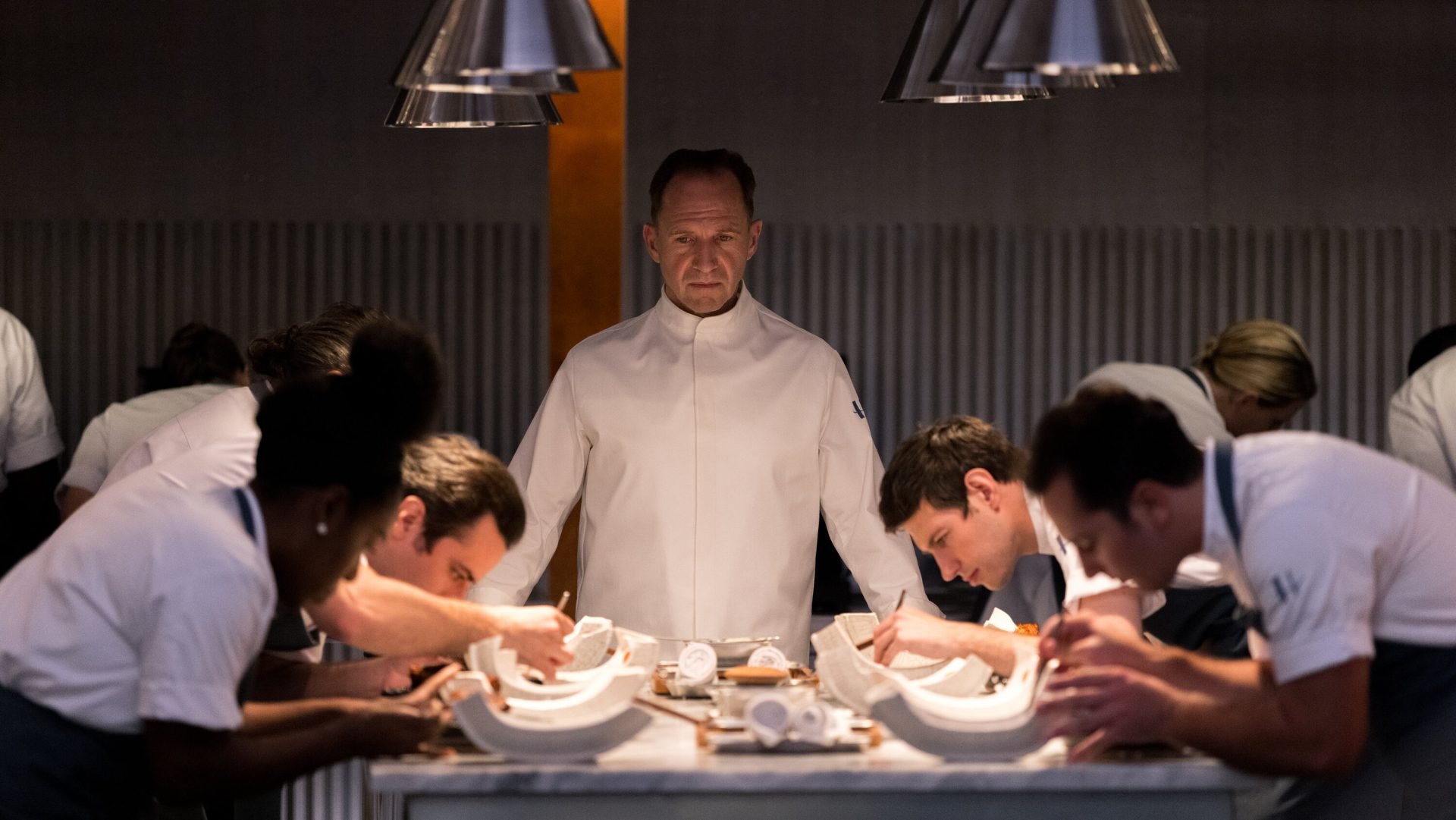
There was an expectation that cannibalism might factor into a movie that is a satire on high-end, intellectualized restaurants and their culture. Instead, what we have is another popular trope that has recently gained a lot more traction, perhaps because of the differing treatment of this overarching trope: eating the rich.
Mylod, with his “Succession” pedigree, takes it to the literal degree of subversion, from feeding the rich to eating the rich, turning the table on their heads while simultaneously commenting on the service industry itself. It is perhaps not a coincidence that the final escape of Anya Taylor Joy’s character, Margot, revolves around the greasiest of American staples (a cheeseburger with fries) and paying the bill with change. It’s not a coincidence that the only way Taylor-Joy’s character manages to escape is by respecting the service industry’s tenets (read the food and restaurant industry) and tapping into that core.
Fiennes’ character systematically dismantles every aspect of wealth and the pretentiousness inherent to the occupancy of said wealth. The snake eating its tail aspect of the film, however, is that to eat and flay the rich, Fiennes’ self-righteous nature lends him a sense of obliviousness to his pretentiousness — a loophole which the movie exploits and weaves into its tapestry and cleverly manages to make the audience look on with judgment and empathy to a certain degree.
The key ingredient for success in depicting a movie dealing with food is perfectly capturing the succulence of the dishes being created and plated. The Menu excels in that department, maintaining that world’s authenticity perfectly.
23. Subject | Director – Jennifer Tiexiera, Camilla Hall
Jennifer Tiexera, and Camilla Hall show us something so simple yet unusual that you are immediately hooked. Interview the subjects of a few well-known documentaries over the previous two decades but omit the directors. A layer is removed from examining the truth of the subject’s life due to the directors’ interesting, simplistic omission. Because a documentary’s ability to change has a very different effect on the subject than on the audience. It stimulates the viewer’s curiosity, piques their interest, and provides a previously unattainable voyeuristic sensation or validation of their character. But for the characters depicted in the documentary, it was a real-world event that had an impact on their lives later on, either positively or negatively.
However, “Subject” chose to concentrate on the sections that we, as the audience, would be intrigued about but wouldn’t have the answers to after the documentary’s end credits rolled. How are the people we spent several hours following now living their lives? Interviewing the subjects of “The Staircase,” “Hoop Dreams,” “Capturing The Friedmans,” “The Wolfpack,” “The Square,” and “Minding The Gap” was how Teixeira and Hall decided to respond. We discover some surprising and startling results. From a superficial perspective, “Subject” could be considered a quasi-sequel to all of the aforementioned documentaries because our theories after seeing them are eventually resolved here.
22. Prey | Director – Dan Trachtenberg
Any successful “Predator” film knows not to start as one. The Predator is a highly developed alien who prefers the thrill of the chase and pursuing his prey. The first “Predator” movie turns a routine extraction action movie into a survival horror picture by introducing a powerful alien with the ability to become invisible and to possess technological weapons beyond what the mercenaries can use. The blending of genres is what draws viewers to the “Predator” films. But when the lore or plot problems become more and more elaborate, the franchise’s core values are consistently sidestepped in the worst way.
Dan Trachtenberg’s film “Prey” manages to take the franchise’s concept and create a suspenseful and surprisingly moving picture. It is a prologue to the previous movie and is set in 1719. It’s amazing how deeply Trachtenberg and screenwriter Patrick Alston can explore and develop both the Comanche Nation and Naru’s characters. This provides a wonderful picture of the Comanche Nation, but the plot’s secret sauce is Naru’s coming-of-age journey as a Comanche hunter and, subsequently, tribe leader. We observe her as she develops her equipment and learns about her environment and its inherent rustic treachery, trying to determine why the presence of a strange apex predator is disrupting the fauna. As the predator learns about its environment, its prey, and the wider world, “Prey” is also a situation where it finds itself a fish out of water.
The period-western “Prey,” which dealt with colonialism’s repercussions and its expansion over unaffected, untainted countries, would have been effective. It might also be seen as the creeping encroachment of civilization on the daily activities of the native tribes. However, the Predator’s appearance only makes all of these factors worse, putting the Voyageurs on the back foot as their dependence on more primitive weapons fails in the face of considerably improved weaponry and the increased strength and brutality befitting the Predator.
Ultimately, everything comes down to Naru because of her awareness of her surroundings and her inventiveness in fending off the Predator. “Prey,” with a strong protagonist flawlessly portrayed by Amber Midthunder and a plot that doesn’t get bogged down in the details and world-building but focuses on the spectacle and the carnage, carries the DNA of the Predator franchise while still being very much its beast.
21. Kantara | Director – Rishab Shetty
The last seven minutes of “Kantara,” which has an already brutal third act, are an example of a hypnotic culmination of the previous 150 minutes of what can only be described as a canvas, painted by a man who is fully in control of his craft and unapologetically in his milieu. Rishab Shetty directed and wrote the movie, which relies solely on his electrifying performance.
The cultural background and rootedness are so ingrained in the film’s DNA that the opening 15 minutes almost feel like a visual and aural overload, as an exposition-heavy prologue leads into the introduction of the main character – Shiva, the typical rebel with a cause. Shetty isn’t concerned about racing through the plot, instead taking his time to establish the backdrop, the surroundings, and the villagers’ unquestioned adoration for a feudal landowner that has been instilled over decades of allegiance.
Shetty is astute enough to realize that his audience would anticipate the other shoe dropping, but he prolongs it, escalating tensions between Shiva and new Forest officer Murali (Kishore). This is interspersed by Shiva’s dreams and nightmares, disturbing him and increasing the character’s volatility. Shetty’s dedication to the part almost threatens to eclipse the performances of his co-stars and the ensemble, who are all consistently strong.
The underlying basis for Kantara’s success rests in its bold conviction in its message and commitment to telling a story, offering a voice to the unheard, and providing agency while sealing it in the testosterone-fueled action spectacular glow. The film’s thesis on the true origin of myths, the creation of legends, and the eventual apotheosis born of wrath, standing for one’s agency, and demanding “enough” drives “Kantara” to a picture with far deeper sociological and even anthropological ramifications.
20. Cha Cha Real Smooth | Director – Cooper Raiff
Cooper Raiff appears to have mastered the coming-of-age genre, involving protagonists who are permitted to be compassionate and able to display their vulnerabilities. His debut film, “Shithouse,” told the narrative of a freshman at college and his developing friendship and the pitfalls of abandoning the cocoon of home and loving parents to venture out on his own. “Cha Cha Real Smooth” is a spiritual and thematic sequel examining the next adulthood stage. Raiff’s sophomore film adds a new perspective to the coming-of-age storylines that have been shockingly scarce in recent years.
The protagonist’s selfishness, tending to self-absorption, is the main character trait to focus on and build up in most coming-of-age stories. Raiff meticulously creates a likable figure. Here, the dominant emotion is kindness. The scenes in the film that Andrew shares with Lola and, notably, Domino are the most memorable. Co-stars Dakota Johnson and Raiff have brilliant on-screen chemistry. As she states in the film, Domino finds someone in Andrew with whom she can empathize and unburden herself. She feels at ease around him because it offers up new possibilities.
“Cha Cha Real Smooth” expertly depicts adulthood’s rigors and difficult decisions and the extent to which they shatter the rosy picture and possibilities that come with attraction and blossoming love. Raiff, on the other hand, demonstrates a delicate touch in recognizing the presence of emotions beyond romance. It’s the bond created by two individuals with similar viewpoints who strongly connect and inadvertently support the idea that soulmates exist.
Raiff successfully normalizes emotionally open and selfless protagonists in coming-of-age films who are willing to cry and talk about their feelings without risking being judged or made fun of by the screenplay itself. Raiff’s direction and Dakota Johnson’s outstanding performance make it possible for it to be a surprisingly compassionate and non-judgmental look at the challenges of navigating young adulthood and spiritual connections.
Cha Cha Real Smooth featured in the 20 Best Comedy Movies of 2022
19. The Locust | Director – Faeze Azizkhani
To say that “The Locust” is “so Iranian” would be oversimplifying. Still, the meta-cinema genre, with its jerky camerawork, reliance on speech, and lack of diegetic score, has largely been linked with Iranian cinema. Hanieh, the main character, is in a delicate and precarious mental state, which is starkly juxtaposed with the love of movies and the craft of filmmaking itself, the collaborative nature of it, and the acceptance and rejection of many ideas.
The understanding that accomplishing her desire is not sustainable given her financial circumstances has made her insecure and belligerent. Add to that the fact that different people are criticizing her script. Hanieh herself interprets all of it as varying degrees of personal insults. Director Faeze Azizkhani makes a subtle attempt to convey the romantic relationship between an author and his creation, as well as the enormous amount of work needed to disentangle the work of art from the artist’s ego by showing us Hanieh’s failure to do so.
The dialogue in “The Locust” occasionally overlaps on top of each other in a very Altman-esque manner. Rather than making the audience feel anxious with the chaos they see on screen, it successfully conveys the innate teamwork needed for a project as big as making movies. It is humorous, bordering on ridiculous at points, with a dash of magic realism thrown in for good measure.
The film doesn’t have a clean resolution, but the melancholy is clear; Hanieh’s struggle with daily life and her love of the arts remain in conflict. It succeeds in depicting the struggles of an independent creative filmmaker. It’s possible for stories to change, but a personal touch should always be present. It is challenging to dissociate from your product and maintain objectivity about it, as “The Locust” depicts, and the movie does a fantastic job of doing that.
18. Saint Omer | Director – Alice Diop
Motherhood is a unique perspective. On the one hand, it is the outcome of a biological process that results in the infant’s basic right to protection. In all corners of humanity, it is anticipated to be automatic and to have the same texture and emotion. Conversely, the truth is vastly different because society and personal vices are inextricably related to motherhood. This interconnectedness has been the standard from the beginning of time, whether in Euprides’ play Medea or Alice Diop’s Saint-Omer.
Saint Omer, a documentary by Alice Diop, is based on the true story of Fabienne Kabou, who abandoned her 15-month-old daughter on a beach in Berck-Sur-Mer, France, in 2013. Diop changes Kabou into a French Senegalese immigrant Laurence Coly (Guslagie Malanda), who came to France to pursue a legal education. To tie this incident to the thematic similarity of Euripides’ play Medea, she also creates an alter-ego in the form of Rama (Kayije Kagame), a History professor who is interested in making Coly’s case the focal point of her new project. As a result, she makes the same trip to Saint Omer as Diop did to watch Kabou’s trial after reading about her in La Monde.
During the courtroom scenes, Diop decides not to utilize a score. The main testimonial moments are filmed using three different camera locations and long takes. And the silence adds something deeper. The lack of sensationalization makes the audience feel completely immersed in the judicial proceedings, almost as if they can hear their thoughts as they process the events on film. Diop’s decision to reframe the actual court case from the viewpoint of the Medea myth offers a cutting commentary on the various elements of motherhood and successfully flips the meaning of monstrosity so that it is seen as a social perspective rather than an inborn evilness.
It is a great example of a highly assured narrative with several levels, all the while posing direct questions to the audience and gleaning some insights from them. But Saint Omer, which makes no additional filmmaking judgments, is primarily satisfied with portraying Coly’s interiority and attempting to elicit empathy from the audience. Diop executes that difficult perspective almost flawlessly, which is quite an accomplishment.
17. Everything Everywhere All At Once | Directors – Daniel Kwan, Daniel Schienert
“Everything Everywhere All At Once” is Daniels’ unique approach to crafting comic book storytelling about the multiverse, but using a very independent form of tonality. The 120 minutes runtime feels like a barbed-wire fence, which the Daniels have put forward willingly, due to which the nomenclature of the movie gets further emphasis because of how far it can go. It does go everywhere and deals with everything, but it also only occurs in a single location—the laundromat. This is how Daniels uses compressed storytelling, which is why the movie’s pacing, with its excessive exposition dump, feels almost relentless. The craziness of the storytelling hits peak visual intensity and dopamine high in key moments.
“Everything Everywhere All At Once” is a triumph of imagination on one level. It’s not just superheroes, which the plotting does entail. It focuses on the existential crises that occur upon gaining knowledge of a world where things turn out better because of your choices. The Daniels’ decision to follow a character who has made all the wrong decisions is intriguing for establishing a protagonist’s journey, partly because it makes the character’s blank slate a narrative feature rather than a screenwriting option.
On the other hand, the relatively complicated and out-there nature of the stakes ensures some appropriately insane and weird action sequences. This taps into Daniels’ weird sense of humor while also taking the piss out of the entire concept of the multiverse. When everything is at stake, nothing is. But the handling of nihilism through the imagery of a hole in a bagel causes a sense of tonal dissonance. It could also be a metaphor for rescuing yourself from depression, which does make sense when you consider how poignantly they portray the family unit. The editing intercuts every moment of the multiverse as all the characters simultaneously interact throughout the length and breadth of said multiverses, held together by the narrative’s emotional resonance.
16. Vikram | Director – Lokesh Kanagaraj
Director Lokesh Kanagaraj is a Kamal Haasan fanboy, with references to Aandavar’s sprawling filmography popping up as Easter eggs in Kanagaraj’s films. And he finally collaborates with Hasaan to craft a tense action thriller, where guitar solo riffs accompany the entries and action set-pieces. Drug cartels and secret service agents exist in a world where the law and the cartels are equally in danger from the force of nature that is Vikram.
In a commercial movie where Haasan is the star (his character name is the film’s title), he allows actors to take over entire movie sections. The first half is effectively Amar’s (Fahadh Faasil’s) story as he investigates a series of murders of police officers, which allows him, as the audience surrogate, to take us on the labyrinthine world Lokesh creates. That half also introduces Vijay Sethupathi’s Santhanam, the head of a drug cartel currently facing the heat from a recent drug bust (conveniently fleshing out a cinematic universe without making it the entire point). Sethupathi is terrifying in his shabbiness and brusque attire, with shades of his Bhavani character from Master coming through, but he is distinctive enough.
However, the second half of that action-packed interval is when Vikram, the movie, peaks. Vikram shows skills and ease of violence resembling John Wick or Liam Neeson’s Bryan Mills. Lokesh uses the speeding up of the camera in the action set-pieces to anchor the believability of Hasan as a bonafide action star. Compared to Vikram’s prowess, Santhanam comes off as underpowered. The joy of “Vikram” is in unlocking and discovering the different plot threads and how Kanagaraj ties them together.
There is no compromise here from the perspective of a singular vision. This is a Lokesh Kanagaraj genre picture through and through, with a very prominent male gaze and familiar storytelling beats in terms of motivations. However, Haasan’s acting elevates Vikram to far more than what the script gives him. The remarkable consistency of Anirudh’s score gives a unified sense of the world that Kanagaraj creates, with its darkened color palette and heightened realism in its set pieces.
15. Three Thousand Years of Longing | Director – George Miller
This is a movie about stories, fables, and lyricism one mostly associates with storytelling because the lyricism in the language and the form of said stories entice from the very beginning. How Alithea describes mobile phones and planes as allegories to something far simpler contributes to her character as a narrator and her ability to explain events in the cadence of a fairy tale. Even as moments or things occur that are definitively otherworldly but could be attributed to fate, they aren’t necessarily explained.
But soon fate intervenes, and Alithea comes across a bottle holding a Djinn, and as fate would have it for this solitude-loving, content individual, this Djinn isn’t a trickster. Miller and writer Augusta Gore make every effort to ensure that the Djinn is brought down (both literally to a convenient size and by bringing forth to audiences a form of foible-heavy humanity attributed to mortals). All of the stories which Djinn tells Alithea to convince her to make a wish are all stories ostensibly about the Djinn falling in love with his master and yet being unable to consummate or fulfill the depths of his longing completely.
It’s fascinating because it is fantasy in the truest sense, a form of love difficult to contemplate giving, or even difficult to obtain amidst the deluge of humanity’s numerous flaws. The result is Holkenberg’s grandiose yet melancholic score, which manages to sweep you up amidst the slowly blossoming love between Djinn and Alithea.
As a movie about storytelling and the power of stories, Three Thousand Years of Longing is mostly content to visually dazzle you and encase you in personal, foible-heavy stories. But as a love story between an immortal and a mortal, it manages to hit this viewer’s dark, cynical soul, forcing a thin prick of light to push through. There is a subtle sense of melancholia laced with optimism about the power of love and the companionship that accompanies it.
14. Glass Onion – A Knives Out Mystery | Director – Rian Johnson
If you are going to make modern updates of cozy murder mysteries, locked room mysteries, or even mysteries set on remote islands, you can do worse than Rian Johnson’s treatment of these mysteries in his “Benoit Blanc” stories. Johnson’s unabashed love for the genre is prevalent in both Knives Out and Glass Onion. While subversion is an undesirable word with a highly negative connotation (especially concerning Johnson), the subversion comes from how he structures the whodunnit into a howdunnit and a whydunnit.
Lack of much pandemic commentary aside, Glass Onion mines its comedy from the trope of the “eccentric billionaire” and their supporters and turns it on its head, holding a mirror to the “idiot” masked beneath the veneer of faulty grammar and bluster. It’s also hilarious how he takes the traditional “detective solving the case in the final act” and doubles down on the exasperation of the detective and the case itself. It is clever, and Johnson again proves himself as a storyteller in tune with prescience.
The increased budget is the first noticeable difference from the prior installment. But we also see Johnson utilizing a tonne of editing and camera tricks to produce multiple perspectives on a singular event, thus making a traditional detective story far more engaging. Unlike the first Knives Out, Craig’s Benoit Blanc has an increased presence but doesn’t come in the way of a gifted and hilarious ensemble.
A standout, though, is Janelle Monae, especially in the second half. While the shift in the second hour might remind you of Barbarian, this is more of a disruption in the screenplay structure than a tonal one, which lends to the movie’s idiosyncrasy. It is also a fascinating choice to keep Blanc and the viewers on their toes in the first act as the island becomes a fish-out-of-water scenario for them, serving as a commentary on eccentric billionaires’ propensity to flaunt their signs of wealth without the proper valuation.
Checkout – 8 Movies Like Glass Onion: A Knives Out Mystery
13. Nope | Director – Jordan Peele
Nope is an informal variation of the word “No,” a method of trying to convince your mind and your heart that what you are witnessing right now is impossible. The moment your brain conjures the worst possible action in your head, and “Nope” is the informal way of grounding yourself in reality. It is the sharp antithesis of the audience’s desire to experience the spectacle. The human propensity to record anything unique or to find proof of the unknown and be part of the spectacle is the focus of Jordan Peele’s ambitious third project, “Nope.”
The opening scene of a grown chimpanzee co-actor attacking its human co-actors on the soundstage of the sitcom Gordy’s Home is a sign of what is to come. The protagonist is a descendant of one of the first horse wranglers in Hollywood, which is the film’s method of showing the exploitation of animals at the cost of a spectacle. Hollywood is the quintessential creator of spectacle on screen. Still, accidents or incidents involving animals, even in the presence of trainers or those appearing to maintain safety protocols, are far from unique. But Nope also manages to show, from the point of view of OJ (Daniel Kalluya), the inherent empathy one should optimally feel for animals and how experiencing a spectacle somehow robs them of that empathy.
But it doesn’t skirt around the fact that taming a predator is the shortsighted way to go, and once Peele starts focusing on the UAP (unidentified aerial phenomenon), Nope becomes a horror story in the vein of Jaws, with the arid and dark blue skies of California and the white clouds serving as the parallel to the ocean. The cinematography and especially the sound design are the weapons in Peele’s arsenal to maintain the suspense and the horror. But the inclination to save one’s hide goes hand in hand with capturing that one impossible shot and convincing a documentarian (a scene-stealing, gravelly-voiced Michael Wincott) to help them record the event for posterity.
Whether the movie’s solution is a universally satisfying one is debatable, but suffice it to say the imagery produced during certain instances is remarkable. It is also true that Peele’s methodology of taking four or five ideas and sticking them together like glue and making a movie out of those glued ideas is still prevalent here. Unlike his sophomore film “Us,” Nope still feels more focused, with most of the ideas coming together far more coherently in the screenplay.
Checkout – 10 Movies To Watch If You Like Nope (2022)
12. Top Gun: Maverick | Director – Joseph Kosinski
Top Gun: Maverick is a modern Tom Cruise action film, while also a legacy sequel to the late Tony Scott’s 1986 film Top Gun, complete with a killer soundtrack, volleyball matches, rivalries resembling high school boys’ locker rooms, romance, and of course, the military. Maverick’s lesson to be learned in that movie is to conform to the military instead of the bold, individualistic tendencies, which could have got him killed and killed his best friend Goose, a plot point very important for the emotional arc in the sequel.
But the sequel reverses the character arc of the original. “Top Gun: Maverick” doubles down on Maverick’s special nature, his abilities being the only blueprint to follow for a younger cadet of fighter pilots to destroy a uranium enrichment plant in a hostile nation that has violated the NATO treaty. The resultant plan laid down by Maverick eerily resembles the trench run of 1977’s Star Wars.
The simplicity of the plot ensures that the execution is memorable, and “Top Gun: Maverick” excels at that. The aerial dogfighting sequence, all shown on camera with little to no special effects, gives it an air of heightened realism. The third act especially is a potent mix of nostalgia, with technical expertise and dopamine highs experienced due to visceral set-pieces. The emotional poignancy in the film complements these sequences. There are moments of cheesiness hearkening back to the original. In contrast, newer moments emphasize that trope-heavy storytelling and cheesiness, if done right, breeds sincerity, and “Top Gun: Maverick” is nothing if not sincere.
This is also the movie where the movie star veneer of Tom Cruise is lifted intermittently, and we get the actor Tom Cruise. There are moments where Cruise is especially vulnerable, be it his interactions with Miles Teller’s Rooster or Jennifer Connelly’s Penny. From being in an age-appropriate romance to acting like a father figure and attempting to resolve issues brought on by his own mistakes, Cruise imbues Maverick with three-dimensionality and deals with a loss of impenetrability. The cinematography is breathtaking, and the action set pieces are directed with expert flair and technical profundity. It’s an 80s moviemaking nostalgia trip honed to a 2022 action blockbuster spectacle, with enough old-school moments to yearn for more.
11. Babylon | Director – Damien Chazelle
The decadence and debauchery of the glory days of the Golden Age of Hollywood are the superficial shiny bait for the audiences to reel them in. And what a sumptuous, gorgeous, filthy decadent-looking bait it is, brought to life by sex orgies, a red-dressed, skimpily-wearing starlet with the confidence of a shining star bordering on delusional. A movie star at his peak confident enough to usher in the future, a jazz musician confident of his talent and critical of the ones pulling him from his dream, and a Mexican-American hustler trying to get his foot in a movie set. Each and all of these characters are trying to navigate and fulfill a dream associated with the celluloid: the madness of it, the insanity, the debauchery, the heartbreak, the breathless anger, and the frustration.
But how do you reckon when the celluloid your dreams are hinged upon is also changing and transitioning? As the movie industry shifts from the silent era to the talkies, intertitles and their splicing between frames, get replaced by sensitive mics capable of capturing voice up to a certain decibel. Thus, theatricality needs to be toned down; what was considered bold and provocative now becomes pornographic. Wealth remains the same, but the city of angels starts harboring newer stewards of said wealth.
Chazelle captures it all with an almost reckless abandon—a form of maximalist ambition—but knowing full well the rhythm and musicality of the storytelling. As a result, Babylon feels like it is building to moments of mini-crescendoes before going through a falling action and then a rising action. Even after the positively rollicking first half captured hedonism in all its putridness and yet haunted gorgeous beauty, the second half became a succession of actions of each of its characters amidst the overall story ambling through its anticlimax.
Unlike all the other love letters from Hollywood towards itself, Babylon doesn’t shy away from showcasing the selfishness, cruelty, and apathy of the system that is the movie business. With Chazelle and his dynamic direction, credit should also go to Justin Hurwitz’s score with its pulsing jazz sax heavy tenor, the cinematography by Linus Sandgren, and of course, the great editing by Tom Cross, which manages to regulate the pace with the presence and absence of the score. It could be a career-killer for Chazelle, but if you go out with a bang, go with the biggest swing.
10. Is That Black Enough For You?!? | Director – Elvis Mitchell
When Voir came out last year, a hypothesis was that big studios are financing film essays and presenting them as content, which would usually be free on YouTube. “Is this black enough for you?!?” could be taken as the inevitable conclusion of that hypothesis with a running length of over two hours and completely dependent on clips, interviews, and voice-overs by a singular cineaste to carry forward and craft the next big content. It is cynical and scraping the bottom of the barrel. Except “Is that black enough for you?!?” is so singularly comprehensive, so brilliantly articulated that it almost becomes a definitive historical film essay on “black cinema” and even on “cinema” itself.
Covering the entirety of 1968 to 1978, Elvis Mitchell’s monotone voice with the slightest hint of knowledgeable arrogance and biting sarcasm serves to make the film essay so compelling that you cannot look away, as he explores almost every facet of Black cinema and thus representation. How black cinema, by definition, becomes counter-culture, a form of straight heroism as the polar opposite of the anti-heroism being picturized and towering on the big screen by white actors. How that counter-culture becomes so big that it becomes expropriated, and how one expensive failure becomes the excuse for studios to stop investing in black cinema in the mainstream.
It is everything that the best film essays should be – educate on the socio-cultural and political context of the decade while simultaneously entertaining and informing you of movies, actors, and stylizations of that decade, showing the evolution of a form of genre literacy.
9. Fire of Love | Director – Sara Dosa
Fire of Love focuses on the elemental love triangle between Katya and Maurice Krafft and their shared love of volcanoes which spanned over two decades. They roamed the planet, chasing volcanic eruptions in all their majestic, dangerous glory and their aftermath, recording them and sharing them with the audience until their eventual death while covering Japan’s volcanic eruption of Mount Unzen in 1991.
This is a film reliant on voiceovers. Voiceover of Katya and Maurice Kraft, along with their appearances. At the same time, this movie is also heavily reliant on Miranda July’s narration. That soothing, often sardonic, almost always ironic tone works perfectly with the gorgeous shots of the volcanoes erupting, like orange flakes or molten orange river floating, the grain accentuating the color and texture.
But what gives this documentary its heart is the love story of Maurice and Katya, or more specifically, the love story of Maurice and Katya with these awe-inspiring uncontrollable bursts of nature. “Fire of Love” is a gorgeous, moving documentary beautifully edited by Erin Casper and Joselyn Chaput, directed by Sara Dosa, and an evocative haunting score by Nicolas Godin. The emotional beating heart of this documentary catapults it to the near top of any list covering the best films of 2022.
8. After Yang | Director – Kogonada
Exploring universal notions through high-concept ideas is one of the fundamental ideals of science fiction. Such science fiction ideas are used in series like The Twilight Zone and Black Mirror to imagine a much more menacing world beneath its cotton candy facade. Kogonada’s 2022 film “After Yang” explores the idea of artificial intelligence having consciousness, but it does so through a much more utopian perspective with an alluring tone. As a result, it’s a film with a straightforward plot but a deep emotional core that explores ideas about family.
In “After Yang,” Jake, Kyra, Mika, their adopted daughter, and Yang, a previously owned and upgraded android who is a cultural techno-sapien—a type of android meant to teach children about their heritage—make up a family. Yang was primarily purchased to inform Mika about her Chinese ancestry, but their bond has since developed into that of a surrogate brother and sister. When Yang begins to malfunction one day, Jake looks for a solution to fix him. Through this process, Jake learns about the life that has been happening in front of him and makes contact with his wife and children across an emotional chasm he had been unaware of.
In After Yang, two different kinds of thematic philosophies exist at work. On the one hand, we are addressing subliminal topics like death, existence, and families. On the other hand, the planet is a little more on the utopian side of the scale of society. Still, Kogonada is interested in the generational exploration of sci-fi ideas. The presence of memories, their integrity, and any tampering with or defects in memories may have inherently occurred.
Other issues it aims to investigate include aspirational humanity, which an android like Yang aspires to resemble, and xenophobic humanity, shown much more subtly but undeniably present. These combinations of themes explored with dexterity and a light, feathery touch make After Yang a deceptively deep watch and one of the best of 2022.
7. TÁR | Director – Todd Field
There is a certain skill and confidence in Todd Field’s 2022 film Tar that defies conventionality. It has no scruples in dropping the viewer in the world of high-end classical music, with Lydia Tar at the center of focus. Its world-building is distilled down to a fine science. Field is one of the few filmmakers adept at letting little details be present throughout the narrative and not contributing to bloat in the storytelling structure.
The primary themes of “TÁR” are the tricky question of power corrupting absolutely and the predominant topic of cancellation in an age where the court of public opinion and the complicated and highly nuanced politics of identity dictate your enjoyment of art and culture. Field’s tackling of these themes is nuanced to the point of objective and distant. He lets the world-building, with its sterile cinematography, brutalist architecture, and emphasis on form, like the pieces Lydia is so adept at remembering and explaining, dictate the story through. Blanchett is the musical piece herself through which Field conducts this symphony.
In tackling the question of the art vs. artist, Field gives a definitive answer without overtly spelling it out to the audience. As the different factions in Tar’s world converge due to her transgressions, the fluid editing and the stark nature of filmmaking ensure that none of it feels contrived.
Blanchett is sublime in showing arrogance through subtle character features – a frown, an eyebrow raise, a change in the inflection of tone. “TÁR” is one of the few movies which feel like it’s a biopic of a real-life individual because the world-building feels profoundly genuine in its detailing and vibrancy.
6. The Batman | Director – Matt Reeves
One of the rare occasions when the tale Matt Reeves sets out to convey meets unreasonably high expectations is with “The Batman.” To create an original plot that also has echoes of other films with procedurals, most notably David Fincher’s work, Matt Reeves draws inspiration from a variety of well-known Batman stories and blends them. With his creation of the Riddler as a masked and enigmatic serial killer who leaves clues for the detectives to locate, Fincher is one of these influences that is more obvious. But Reeves here obviously adopts a detective noir style. The story’s components that require decoding puzzles, cracking codes, and solving crimes are heavily emphasized.
Batman and Detective Gordon are investigating a complicated plot involving a conspiracy to shake Gotham’s upstanding citizens, which is expertly mixed with Batman’s alter-ego, Bruce Wayne’s internal conflicts. This 23-year-old emo goth kid is still going through his rebellious phase, only amplified by the real trauma of losing his parents and choosing to deal with it in a decidedly unhealthy manner.
He acts out towards the only parent figure he has but finally comes to terms with it and grows out of the phase as his world both expands and explodes. A coming-of-age story wrapped up in a neo-noir package, the arc of a man known only via word-of-mouth as “vengeance” to being “a symbol of hope,” Bruce Wayne comes a long way towards growing up, and as the movie leaves us, he still has a long way to go.
The Riddler, played by Paul Dano, is the main antagonist of “The Batman.” Still, the real villain is Gotham City, which is depicted visually through rain-soaked evenings, smoke-filled streets, burning tires, red-hued nightclubs, and the mob’s complete control over the city’s infrastructure. Matt Reeves and DOP Craig Fraisier are experts at creating the atmosphere and tone of a gritty noir thriller. Deep focus and the color red are two techniques that Fraisier particularly uses to heighten the suspense and excitement during crucial action sequences. The action is violent and occasionally slick. Matt Reeves creates a superhero tale that is the ideal fusion of a plausible grounded reality and the comic book-heightened universe, with catastrophic yet feasible repercussions.
Recommended: 5 Films to Watch if You Loved ‘The Batman’ (2022)
5. Mukundan Unni Associates | Director – Abhinav Sunder Nayak
The opening credits of a movie rarely pull you in as much as this one does. Animated renderings with a voice-over bending the message or just plain explaining with dollops of dark humor already capture the tone. Then comes the aspect ratio, which is an academic one for most of its runtime.
This is before we are introduced to the world that Abhinav Sunder Nayak creates, and Vineeth Srinivasan brings to life his portrayal of sociopathic protagonist Mukundan Unni. An ambitious and cutthroat lawyer looking to make ends meet, Mukundan learns the strategy of earning money by filing false medical insurance claims. The movie’s tone is cheeky, with no hesitation to delve into the darkest of humor. It is fascinating that, unlike movies dealing with grey shades, Nayak’s world only deals with the “dark” or “evil,” with his plot dealing with the degrees of said evil. What sets Mukundan apart from other grey-shaded pop culture characters is his robotic and sociopathic voiceover, recording and letting the viewers peak into the window of that brilliant yet apathetic mind.
Director Nayak’s background as an editor also helps keep the movie moving almost methodically. Every scene feels important, and every strand feels perfectly placed. There are moments in the second half where the sheer volume and complexity of the plot and the fast pace at which the audience is allowed to experience the cunningness of Unni strain credulity. But it’s offset by the movie’s general tone and score, which enhance that cheeky comedic tone. It also helps that at no point do Nayak and co-screenwriter Vimal Gopalakrishnan try to bring any ounce of sympathy into his character. Thus, the audience is allowed to unconditionally root for Unni, given the inevitability of Unni being the protagonist. And this solipsism allows for a roller coaster ride of emotions for the viewer as they simultaneously revel in his success and feel guilty in their revelry.
4. The Banshees of Inisherin | Director – Martin McDonagh
It’s hard to fathom bedrock relationships changing just at the whim of an individual choosing to break them off. And while it is correct to respect the person’s decision and move on, it is equally correct to be completely stunned by such a development. It is also plausible to be bored of a companion or to make choices in cutting someone off from your life, and after a certain passage of time, the extent of subtlety or diplomacy feels too tiresome.
Director Martin McDonagh crafts a story in which you both empathize with Colm and Padraic’s perspectives over the breaking of their friendship, even though your degree of empathy would skew very much towards the latter. But McDonagh also pinpoints man’s folly (the gender, not the universal umbrella) of being unable to distinguish or maintain a balance between opposing ends of the emotional spectrum, thus forcing a tug of war or clash between two individuals where misunderstanding leads to escalation, comedy escalates to tragedy bordering on the humor and good men become cruel, leading a trail of damage wherever they go.
It is in sharp contrast to the gorgeous panoramic yet isolated beauty of the island of Inisherin, where solitude, peace, and over-familiarity breed a harsher degree of contempt. A fantastic portrayal of human psychology with the subtlety of a feather floating in the wind, while the melancholic tune of the violin resembles that of the banshee, just content to observe instead of portending death.
3. The Beasts | Director – Rodrigo Sorogoyen
“The Beasts” deals with the revolving definition of “home” in the form of small towns. On the one hand, for the inhabitants living there, their roots are buried so deep they are left with a pervasive sense of ownership of that land and the community. That rigidity extends to their worldview and way of living. The encroachment of modernity becomes a reluctant part of the ever-rigorous wheel of life, which they would rather avoid if not for the promise of a better life. That promise is also a revelation, made possible because of the arrival of “the tourists.”
“The tourists” choose to call their home because they are now content with the mundanities of life, having lived and traveled beyond the boundaries of their homestead. But this love of their “adopted home” comes into direct conflict with the locals and their worldview, and this incites jealousy. These individuals are like children in playgrounds fighting with each other or bullying each other over “fear of the unknown.” But now, these fears are quantifiable and definable. Anything that challenges the individual’s worldview incites hatred and irrational anger compounded by xenophobia and a general hatred of intellectual sophistication masquerading as pretentiousness.
“The Beasts” doesn’t just dwell on the genesis of said hatred between Antoine (the sophisticated Frenchman planning to live off the land with his wife in this sleepy Spanish village by organic farming) and the Anta brothers, Xan and Loren (the locals who are Antoine’s neighbors) over the disputed sale of land to a wind energy company. The Beasts, directed by Rodrigo Sorogoyen and co-written by him and Isabel Pena, explores through simmering tension how far men can be pushed and at what point cruelty take over decency, or does decency have any place in this world that is so grounded in reality that you, as a viewer, are expecting a violent catharsis that never truly arrives.
The story is a cascade of moments of escalation, of man’s preference for pushing his antagonism towards violence instead of reconciliation. The movie’s tone resembles a brooding, sleeping bear, almost ready to pounce, and the bare minimum usage of a score that is mostly a discordant violin tune adds to the definite unease.
“The Beasts” thus is one of those rare beasts (pun intended): a raw, pulsating, simmering thriller with a slow burn and a definite promise of payoff, just not with the expected visceral rush. On the contrary, “The Beasts” is stubbornly anti-visceral, completely devoted to its psychological trappings, and crafts a near-perfect genre picture because of it.
In this writer’s opinion, the final two choices are absolute masterpieces, and their positions in this list are interchangeable. But what is a definitive judgment call is these are both movies that must be watched.
2. Joyland | Director – Saim Sadiq
There is always something revealing about the innermost psyche of a director in his debut feature, a form of perspective so sincere that the impact of that perspective only hits harder. The emotions depicted aren’t new, but the approach to depicting them manages to imbue a new meaning for the viewer. “Joyland” isn’t just the love story between Haider, the youngest son of a patriarch in a middle-class Pakistani family, and transgender woman Biba, for whose troupe Haider starts working as a background dancer. The bold, sensitive, and empathetic approach towards depicting that relationship, investing in solitary moments of intimacy and conversations, would already be revolutionary and transgressive in depicting queer relationships.
But the investment in every character in Sadiq’s story overwhelms you. As a viewer, you are invested not only in the relationship between Haider and Biba but also in Mumtaz, Haider’s wife, and their relationship, or even the kinship shared between Mumtaz and her sister-in-law. None of these characters is melodramatic. There aren’t moments of revelation that would cause heightened reactions akin to soap operas with music resounding like thunderclaps in the background. No character in this film is villainized because, amidst the exploration of sexuality, freedom of expression, and basic freedom of living, the chokehold of patriarchy threatens to pull all these characters back to Earth. The skillful interweaving of a queer love story with the exploration of a life without judgment by the patriarchy contributes to the tale’s success here.
None of that would work without the compassion shown by Sadiq towards his characters. None of his characters is perfect, and none of his characters made the “right” choices, but they can’t be blamed. Reality is rarely so black and white, and the other individual in a love triangle is rarely a mustache-twirling villain. Often, these are conjugations of primal emotions with complicated maneuvers, leading to choices that cause heartbreaks, and that’s how humanity survives. But as a viewer passively watching these events unfold, when character interactions cause you to tear up because of “what could have been” and fill you with confusion towards what could have been changed in the narrative, that is the truest reflection of reality, even though reality could hardly be as beautifully photographed with such haunting intimacy as shown in “Joyland.”
Checkout – DIFF Review: Joyland (2022)
1. Decision to Leave | Director – Park Chan-Wook
From a directorial standpoint, Park Chan-Wook knows the nature of non-linear storytelling. Still, he truly wants to make that storytelling an experiential one. With sudden jump-cuts, the scene transitions from one object to the other, the similarities being a shape, a structure, or even a color palette. The movie becomes almost disorienting. There are, of course, those unique touches: the camera looking upwards at the investigator from the point of view of the dead body while an ant walks over that eye; Hae-Joon explaining to Seon-Rae how decomposition occurs while simultaneously making her a Chinese dish; the jump cuts as he is describing maggots laying eggs while simultaneously mixing an egg yolk with fried rice.
This dark, almost wistful sense of humor permeates the entire frame of Decision to Leave because Park respects the neo-noir genre enough to understand two things and respond accordingly. Firstly, present the plot of the case as convoluted as possible, but don’t care about the plot at all because it’s about the protagonist’s descent into darkness instead of plot convolution. Secondly, ensure the femme fatale is memorable. And the piece de resistance of Park Chan-wook’s “Decision to Leave” is a simple question: “What if the femme fatale reciprocated emotionally?”
This is sexual chemistry and attraction simmering underneath, present through glances, through shared meals of premium sushi, through walks in the rain and exploring monasteries, through stakeouts becoming a method of understanding intimacy, through innocuous moments becoming inside jokes and short hands, through denial of an attraction between individuals but not stopping to acknowledge the same; all the while Park keeps the tension ratcheted up.
There are long takes of chase sequences, of understanding revelations and the other shoe-dropping, of using technology cleverly enough to solve a case and taking the traditional detective trope of writing a journal and replacing it with a smartwatch. Tang-Wei plays the femme fatale with a hint of mystery—a puzzle to be unlocked, a siren beckoning you with her beguiling smile. And every time you marvel at Hae-Joon’s stakeout and him figuring out facets of her character, you see Seon-Rae smirk, scoop on ice cream while biting on her lip, and put a lock of hair back behind her earlobe, and you realize she is playing him like a fiddle.
When the other shoe finally drops within the hour mark, the story’s perspective changes, and now she becomes the pursuer in this romance. Through both halves of the film, Park manipulates the audience, making them feel for his protagonists. Thus, during the final moments of dramatic irony mixed with the emotional fallout, we want Hae-Joon and Seon-Rae to reunite, but the catharsis of the story comes from her “Decision to Leave” while burying deep.
Kim-Ji-Yong’s cinematography perfectly complements Park’s storytelling style, managing to shoot hues of blues, greens, and the rain-soaked weather and make us believe in the inherent romanticism of this weird push and pull. At the same time, Jo Seong-Wook’s music is partly jaunty with an undercurrent of sinister that manages to cascade through every scene, as the scenes almost collide with one another even before the dialogues finish within one scene.
It is a fascinating, helpless, and heart-wrenchingly romantic film disguised as a police procedural. It perfectly recounts the thrill of existing in such a complicated relationship but the inevitable tension and hurt caused by a resolution into something far more concrete. It is hilarious as long as the relationship exists within the ether, a form of a bubble. It makes you believe in the form of happiness capable of removing you from the shackles of monotony. However, reality can be cruel, hilarious, and poignant in its own right, replete with its sense of dramatic irony.
Also, Read: Decision to Leave (2022) Movie Ending, Explained
Feel free to discuss and leave your comments in the comment section.





